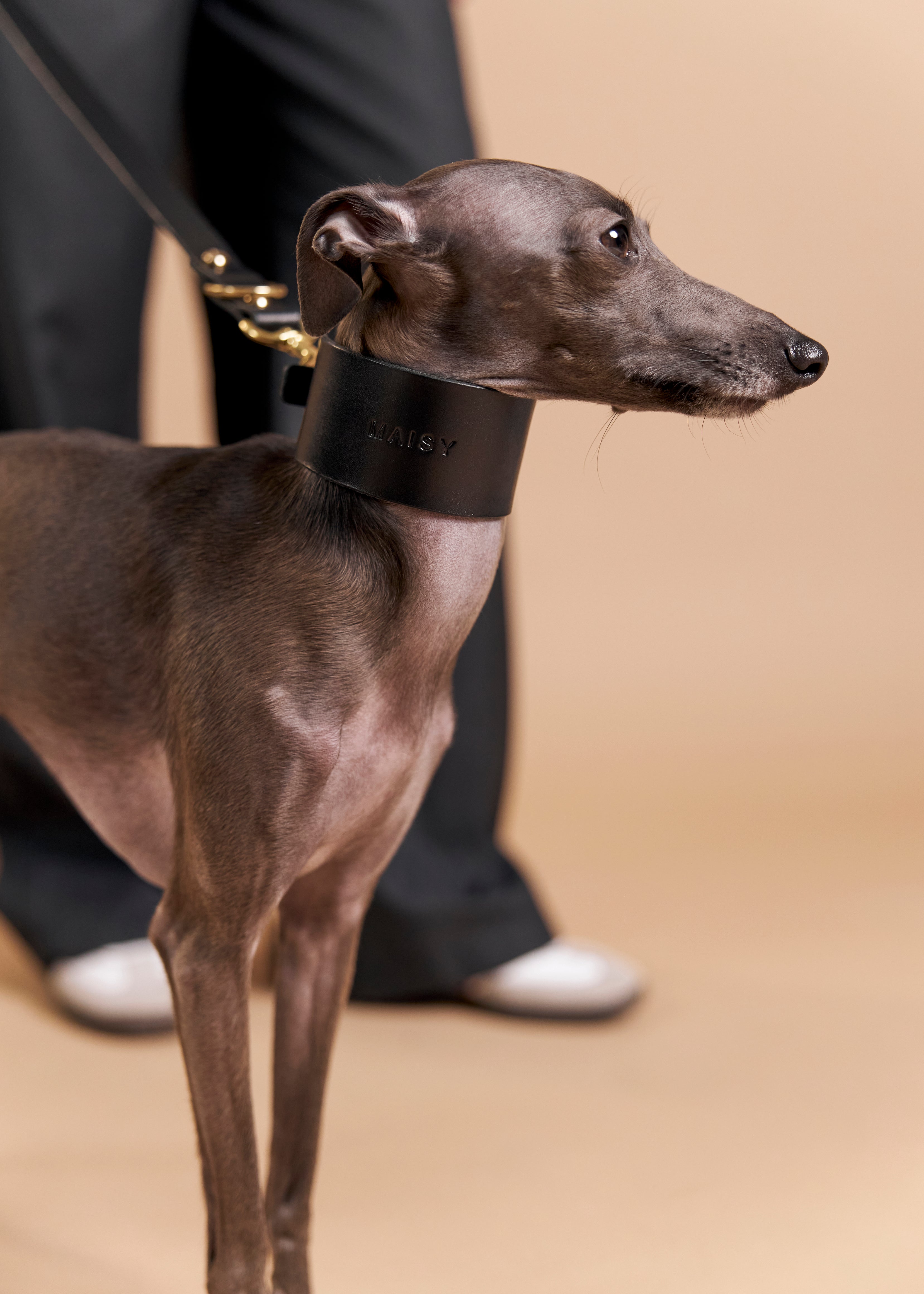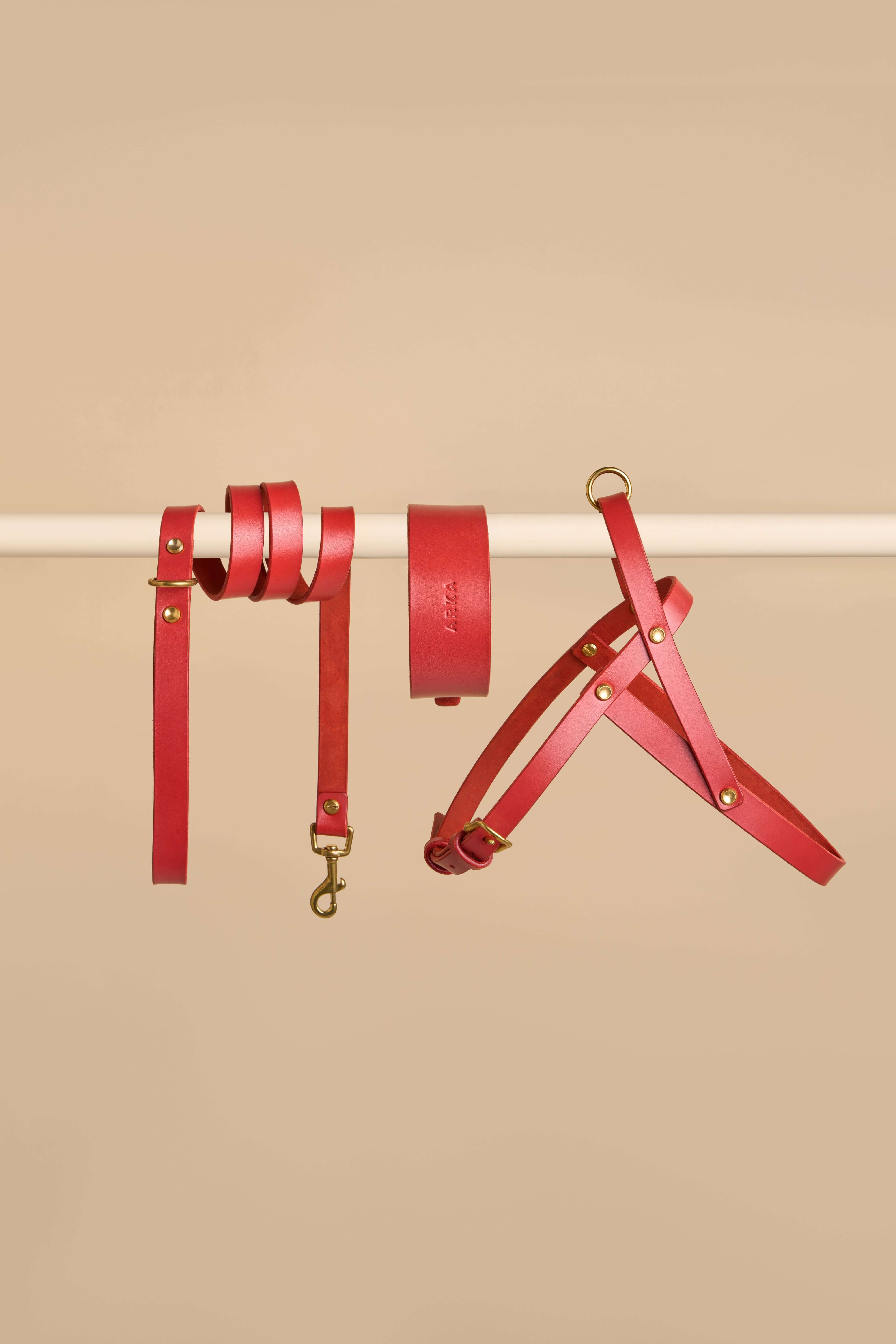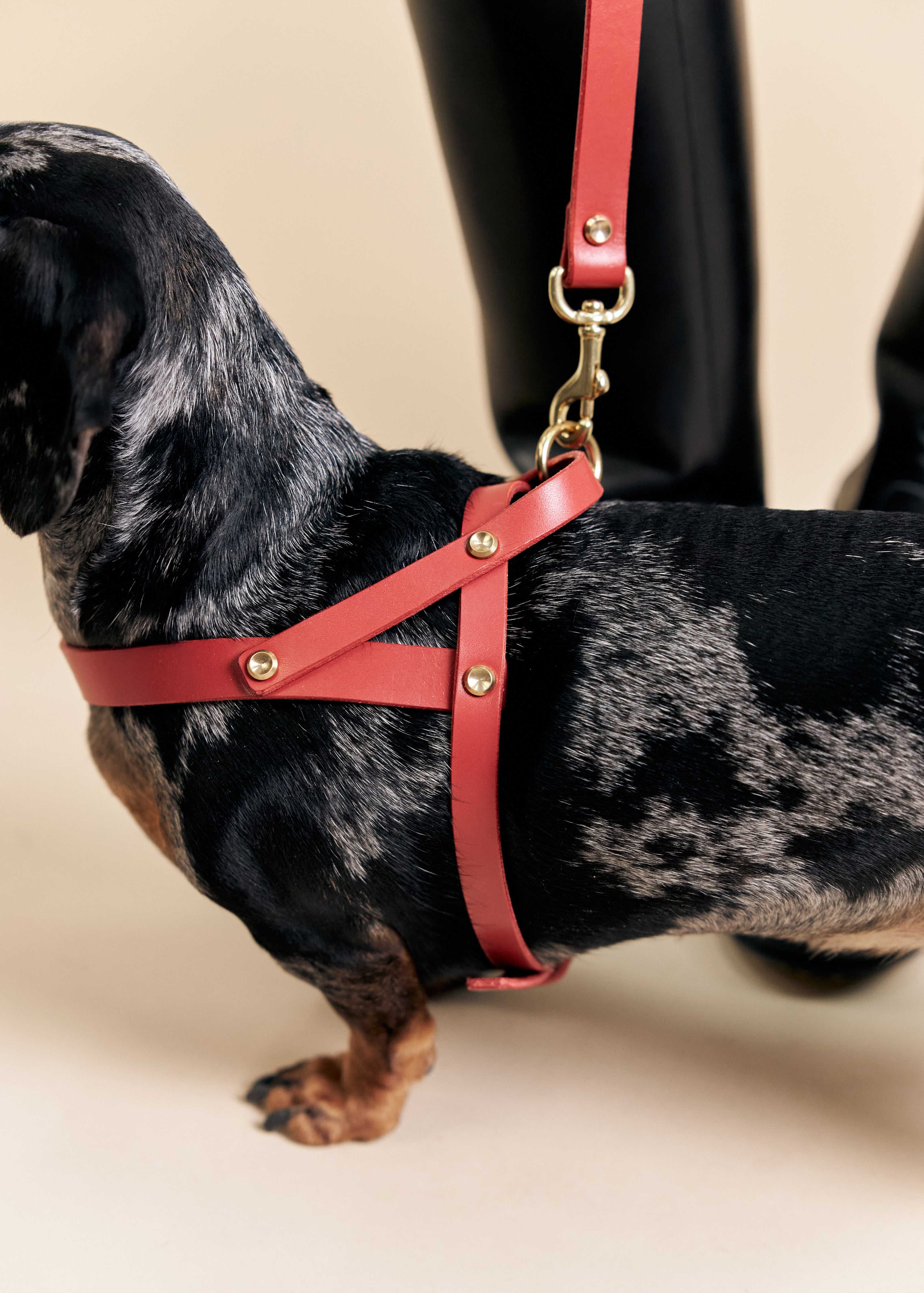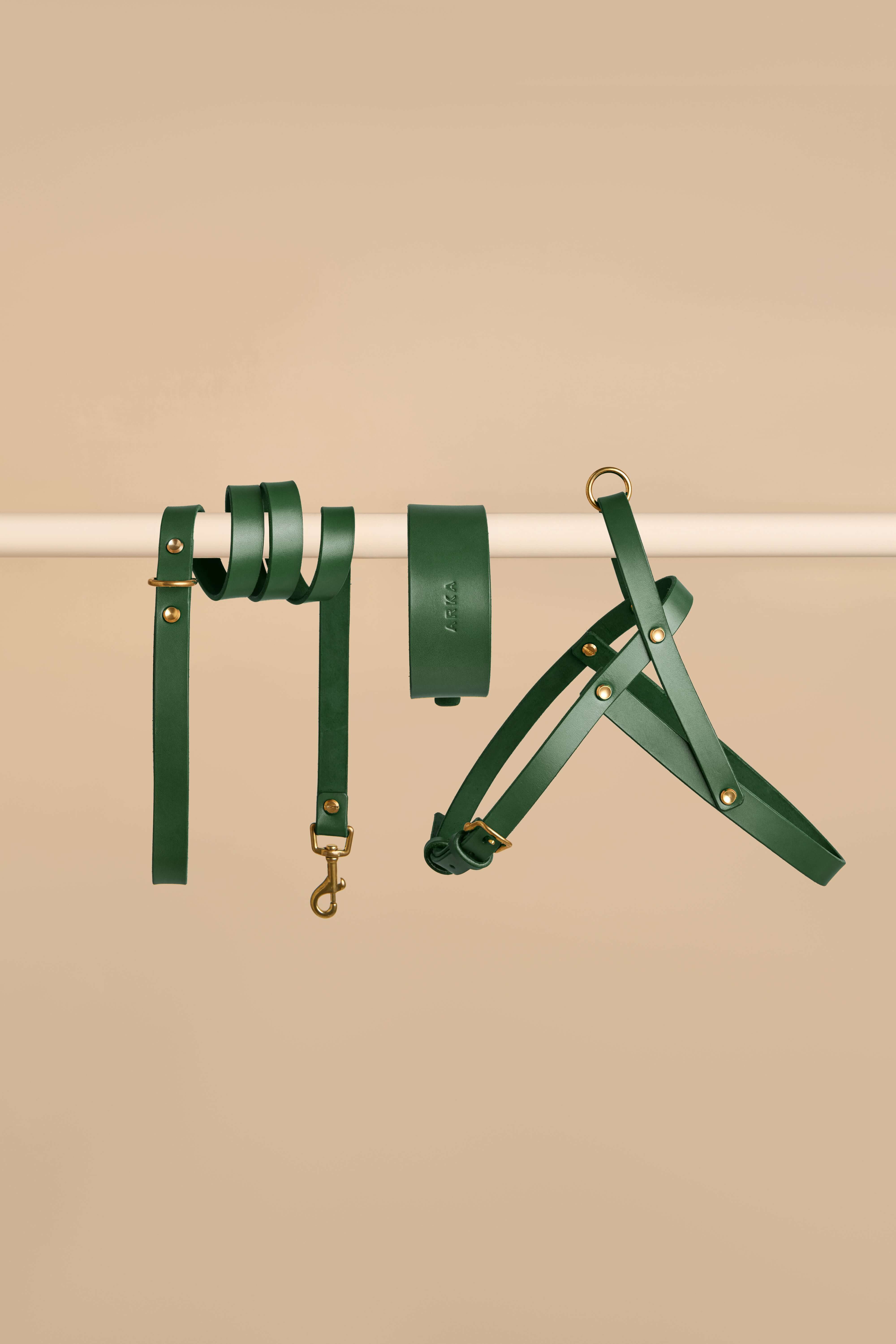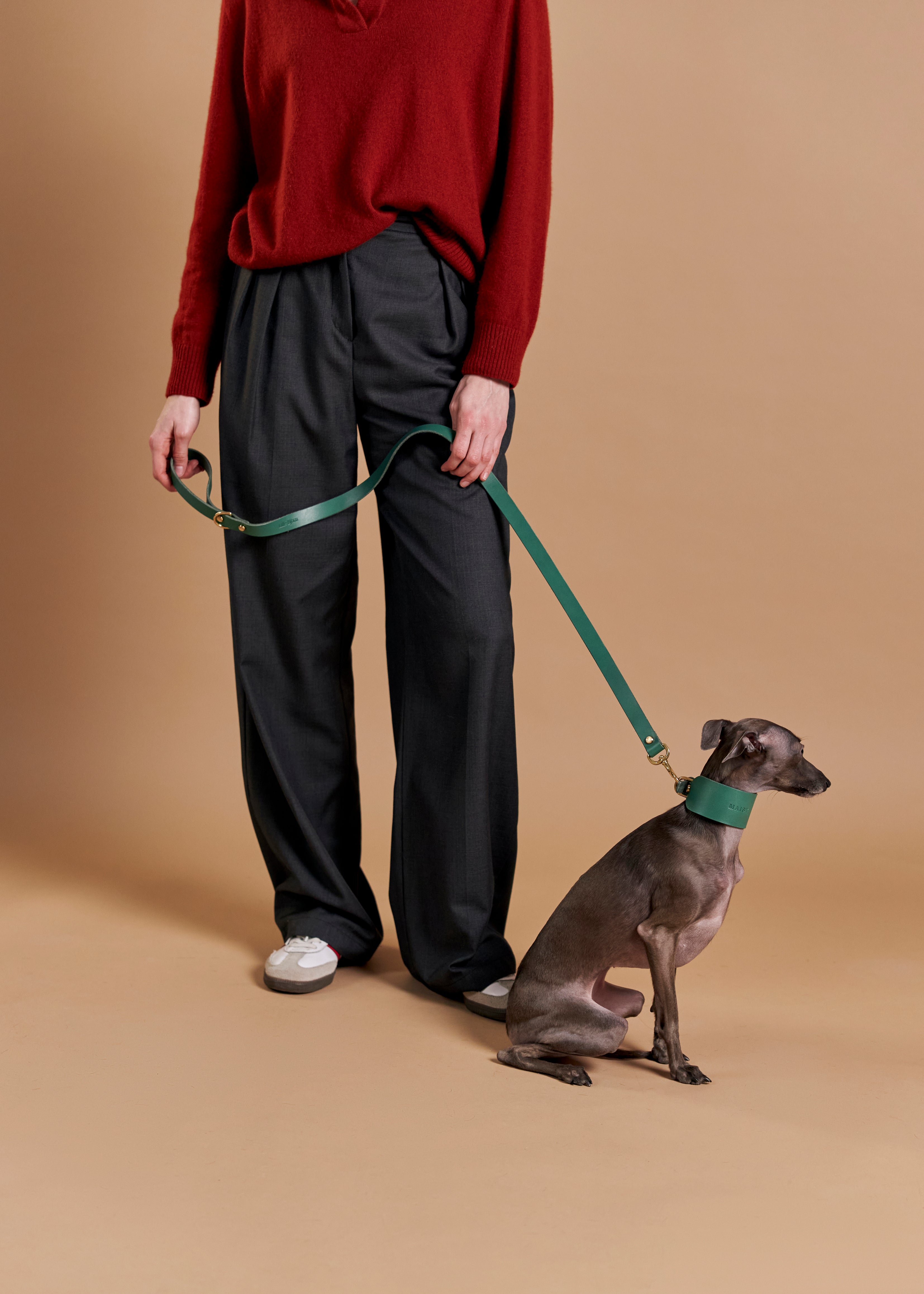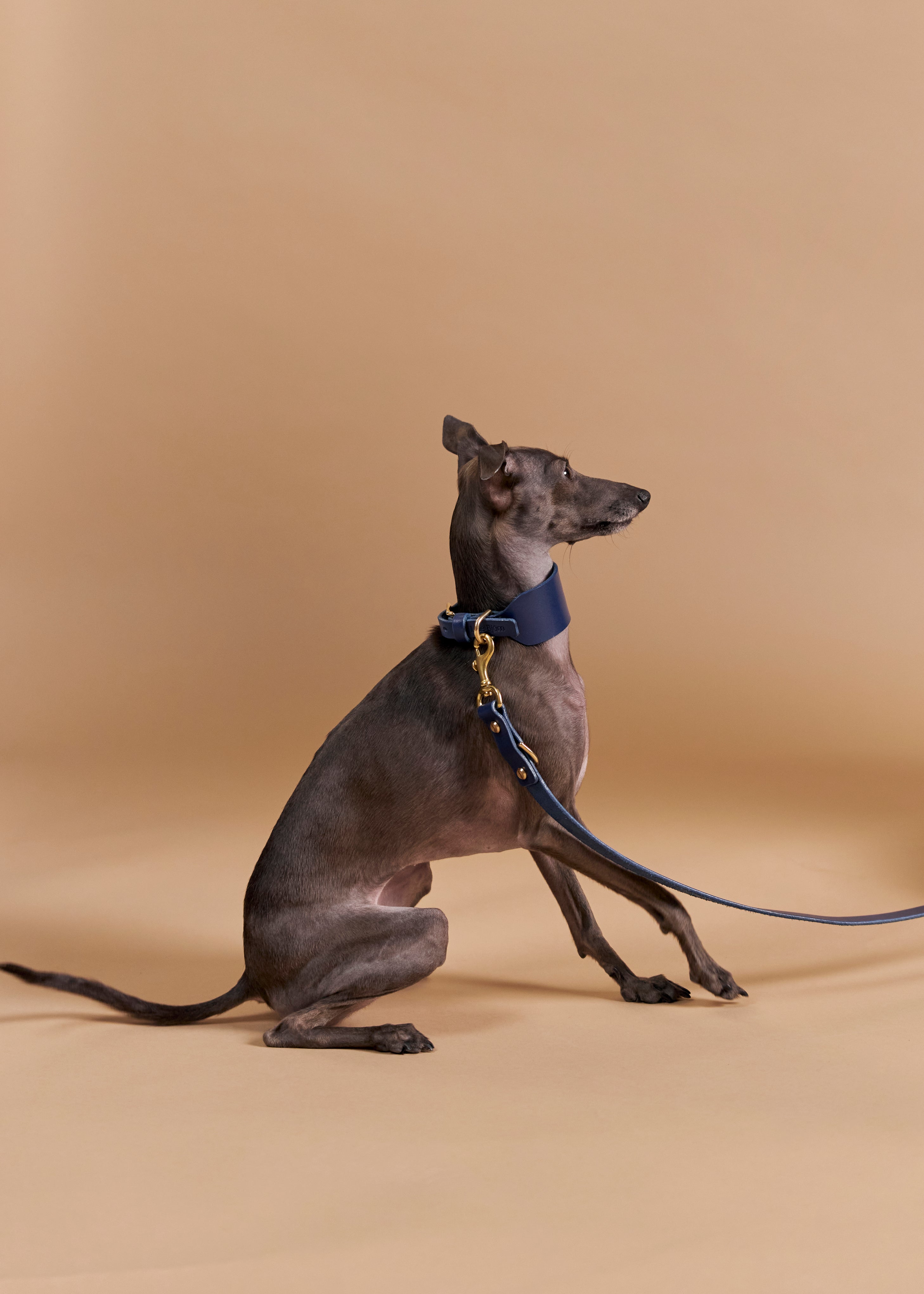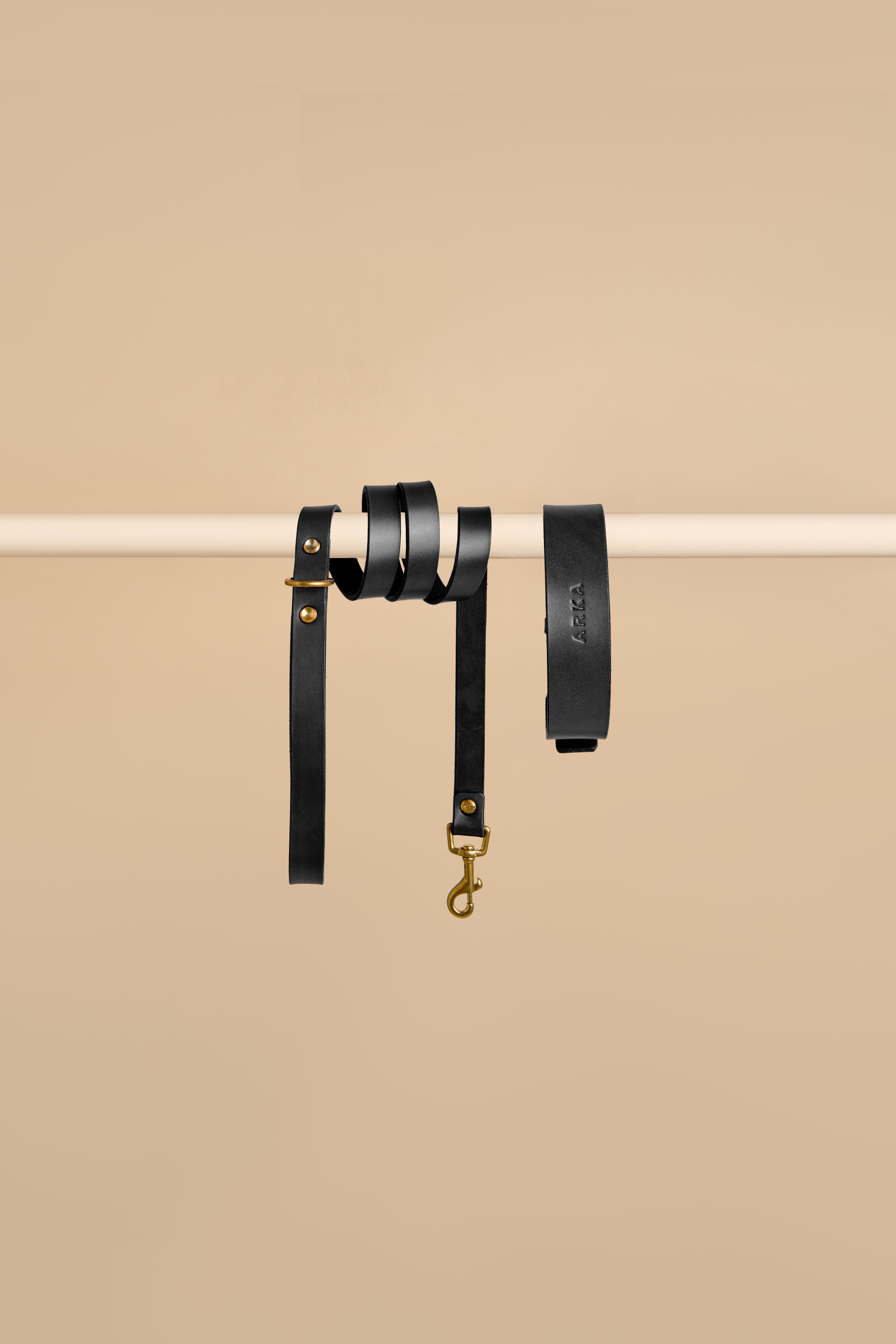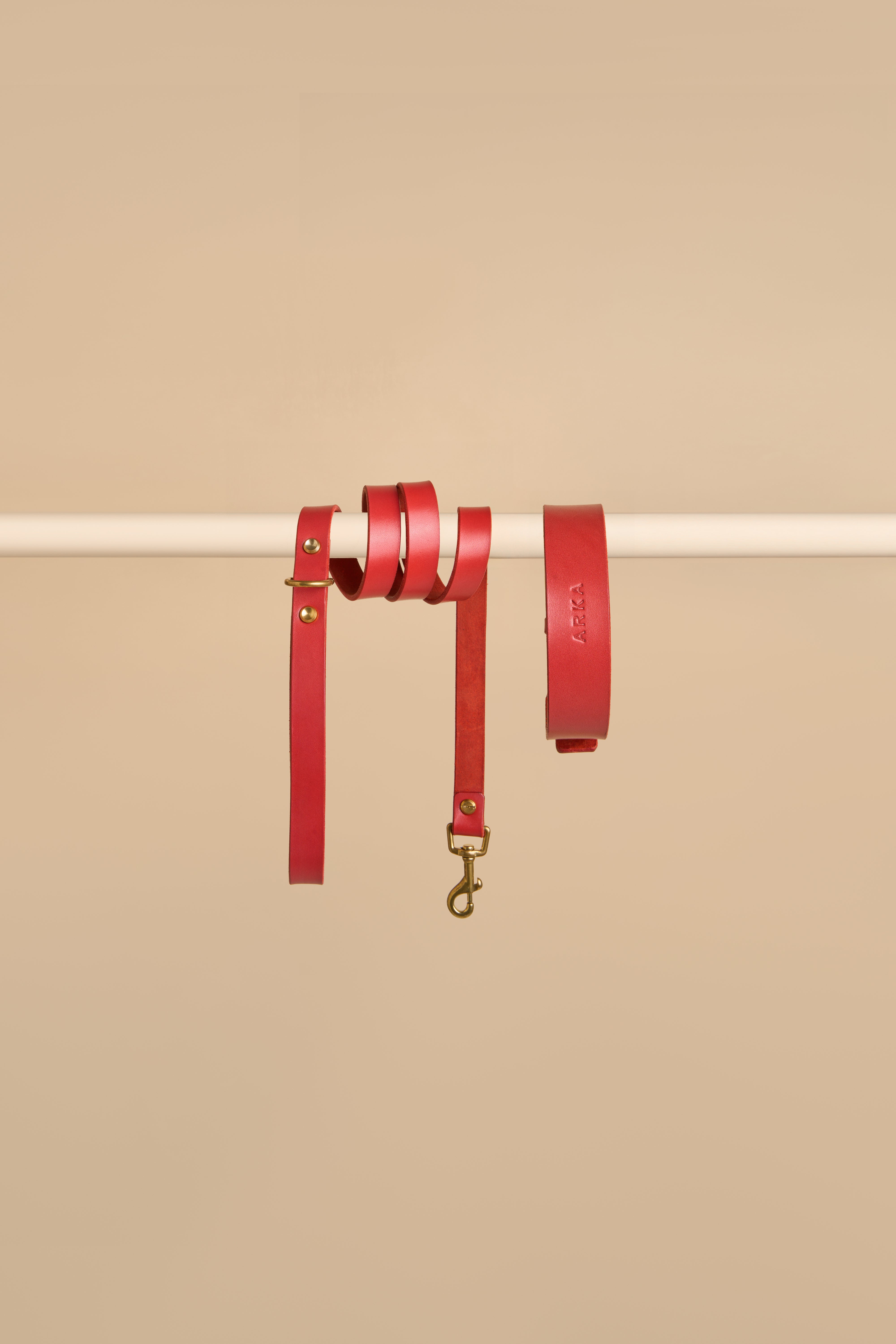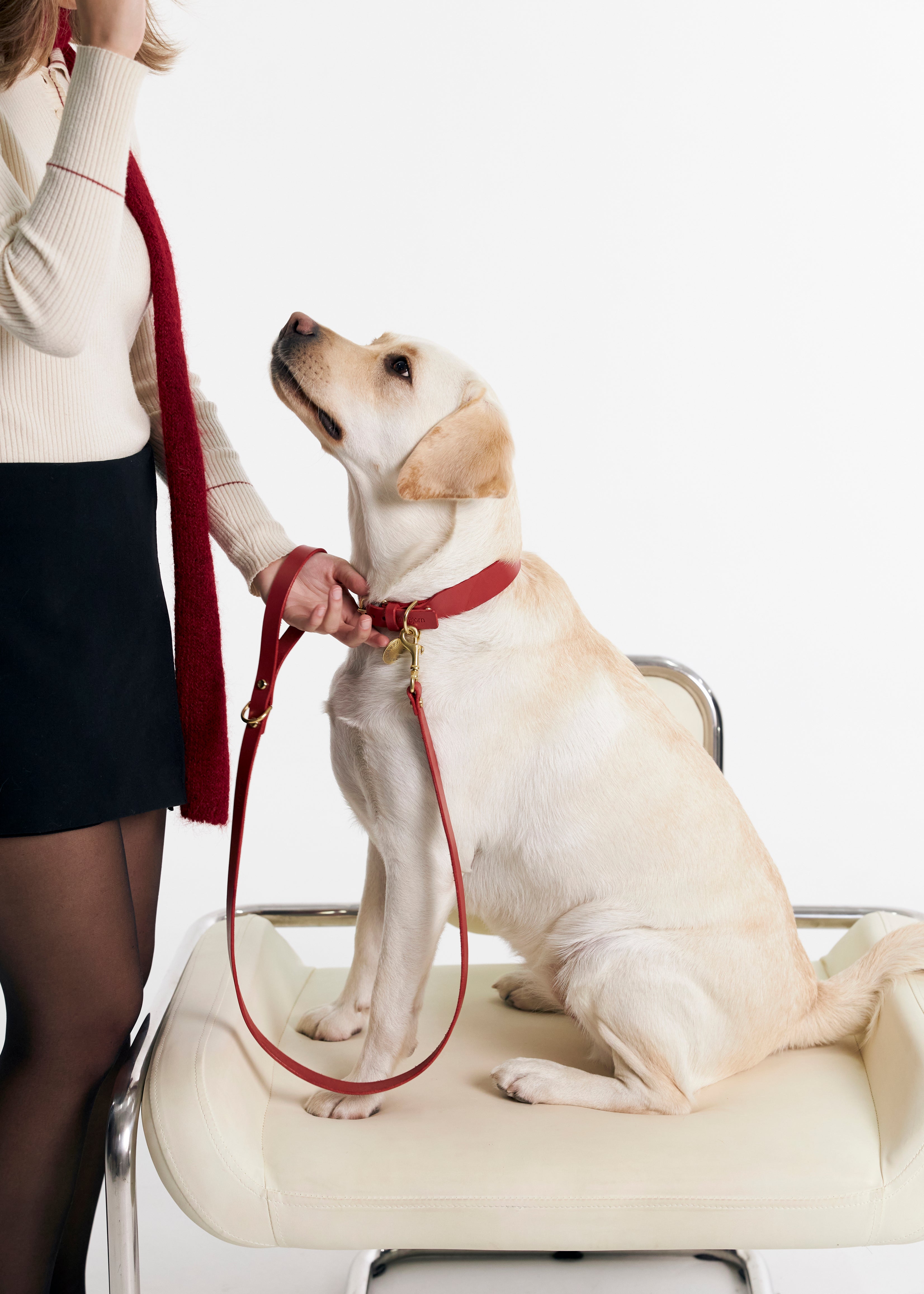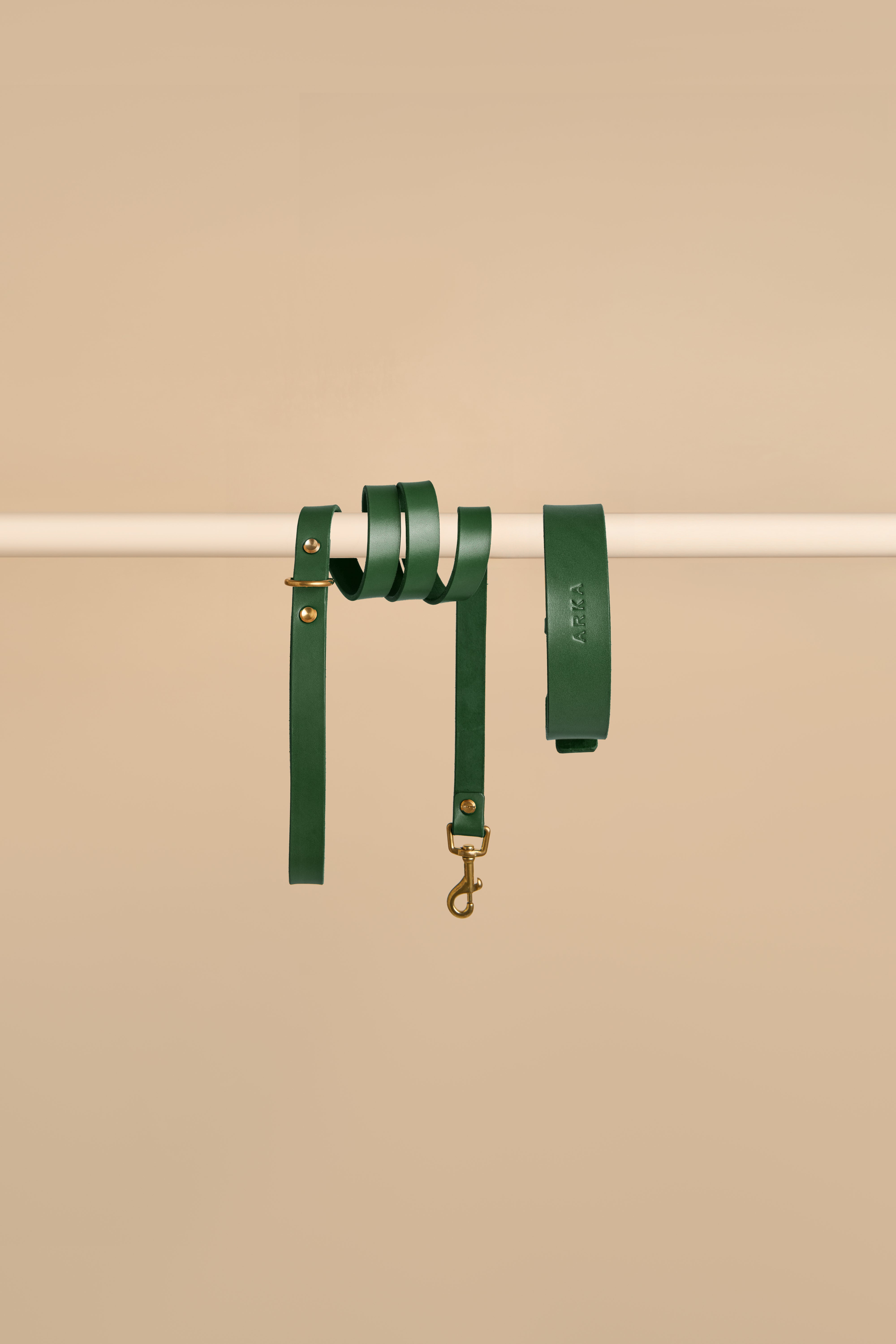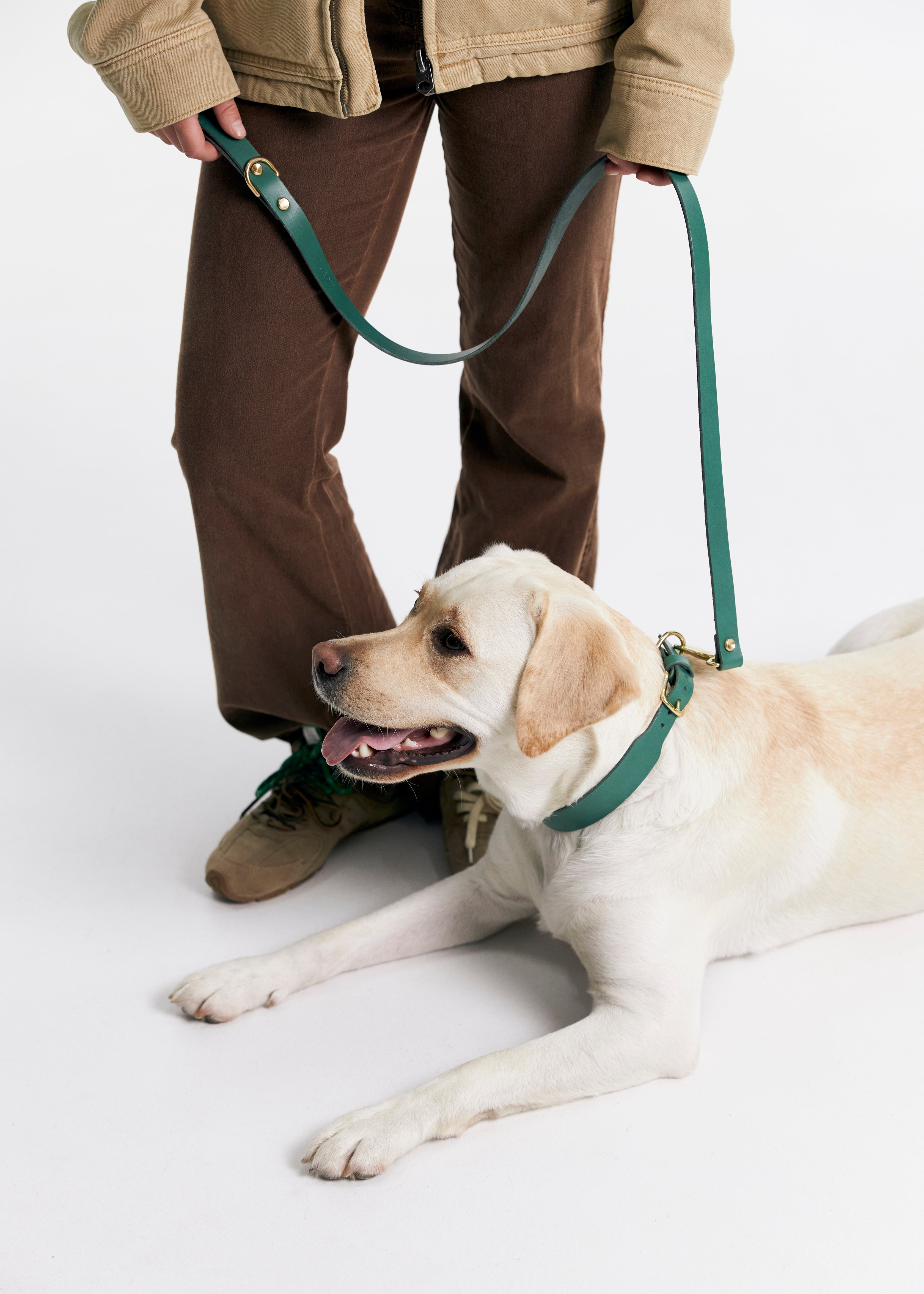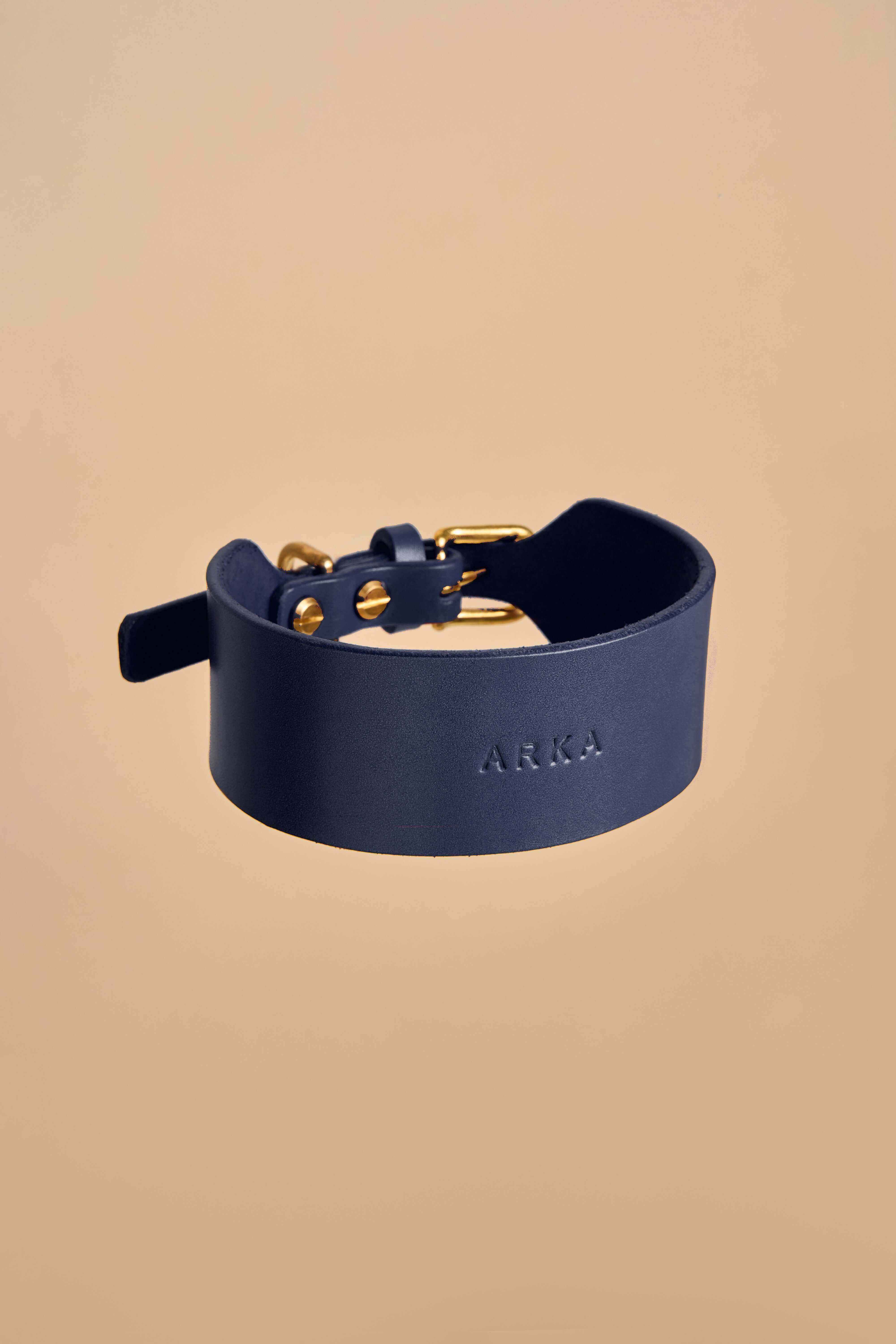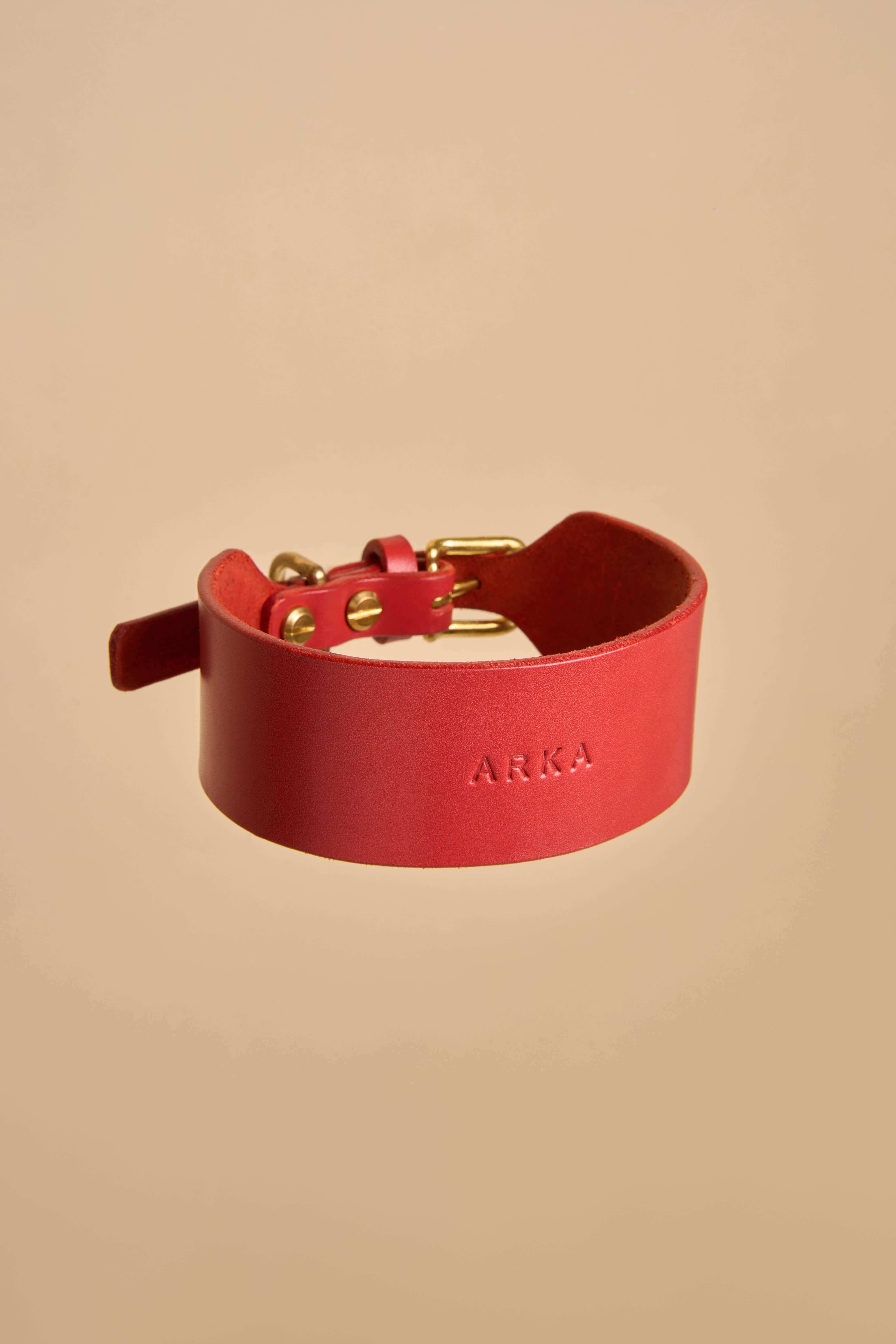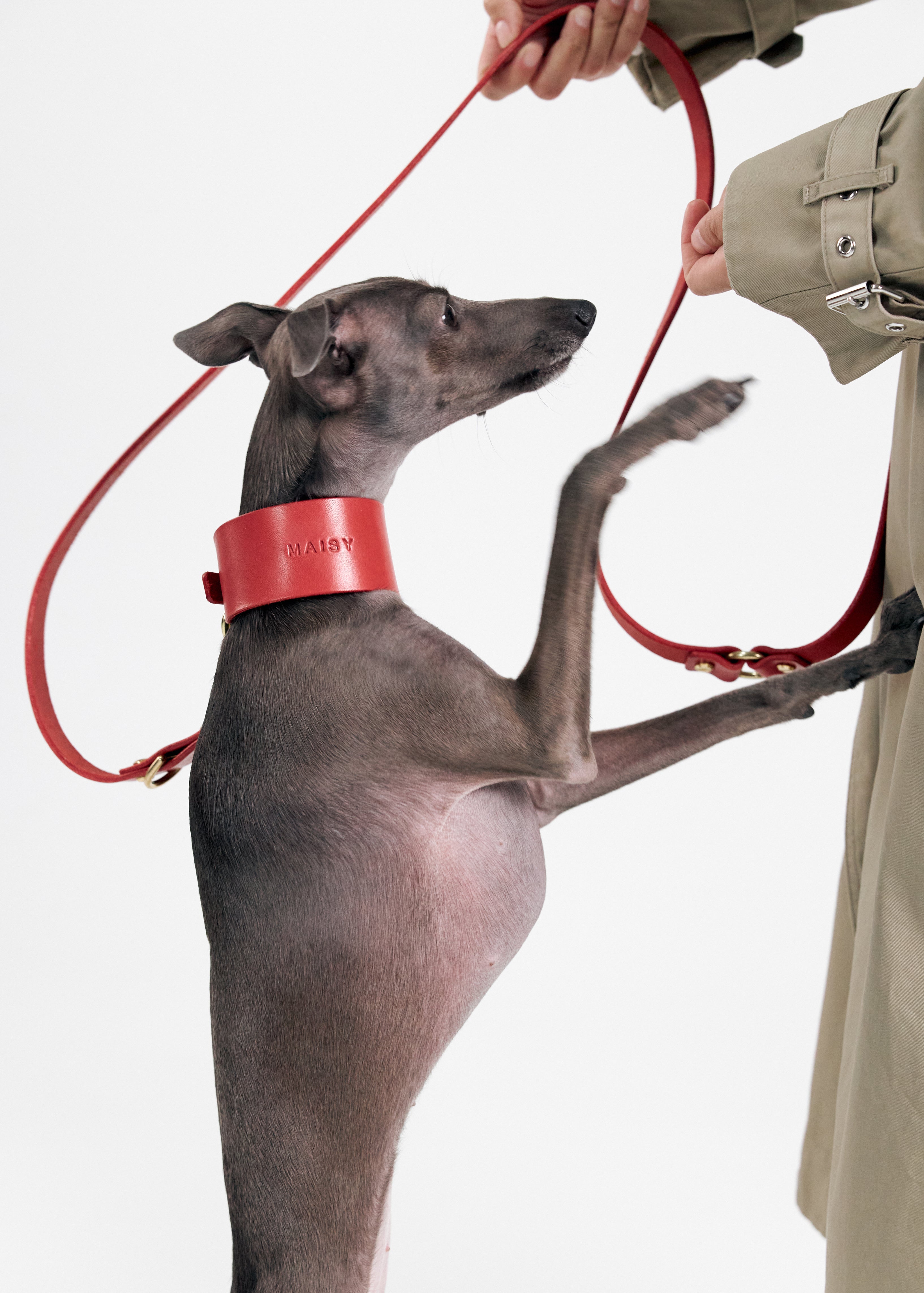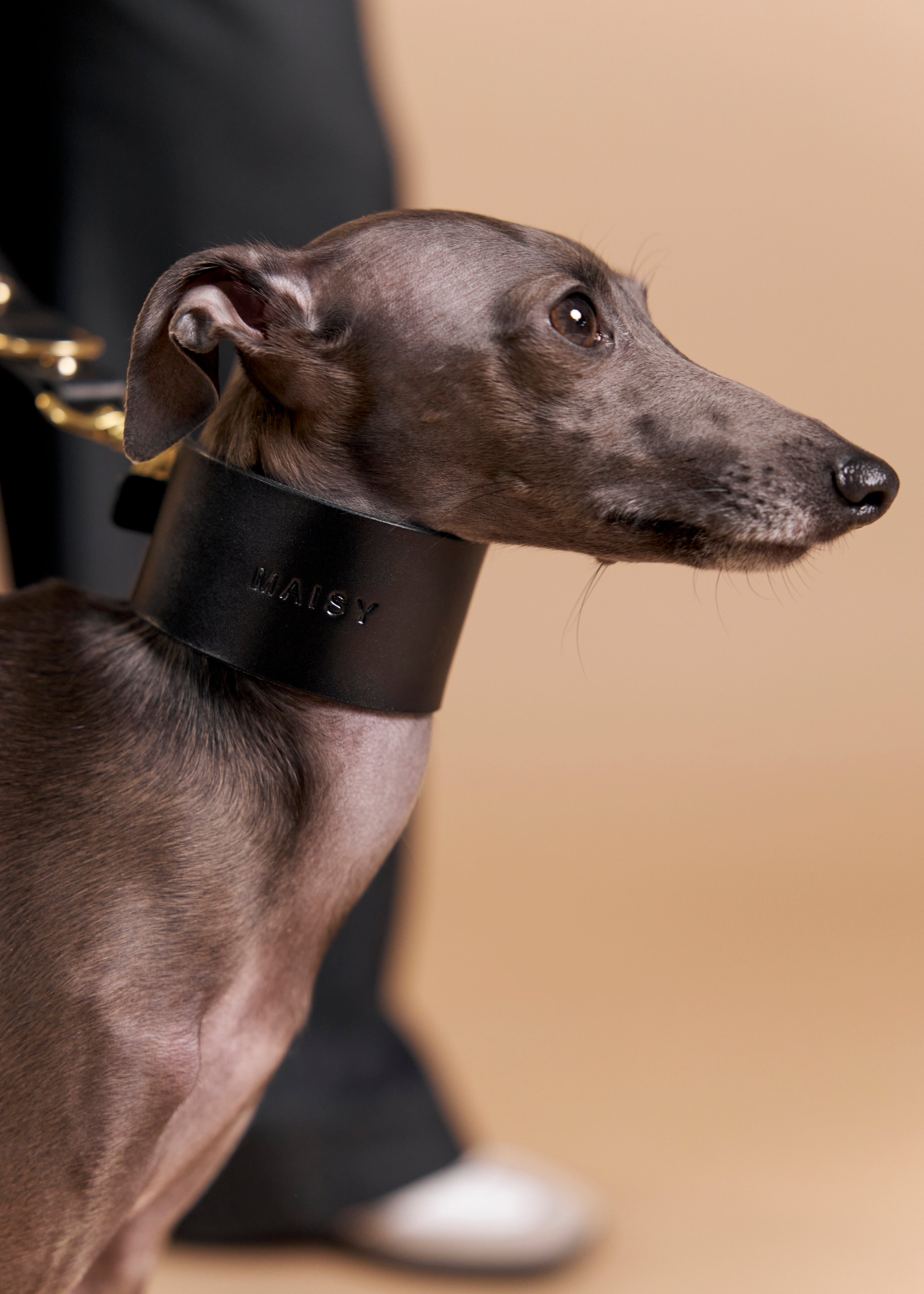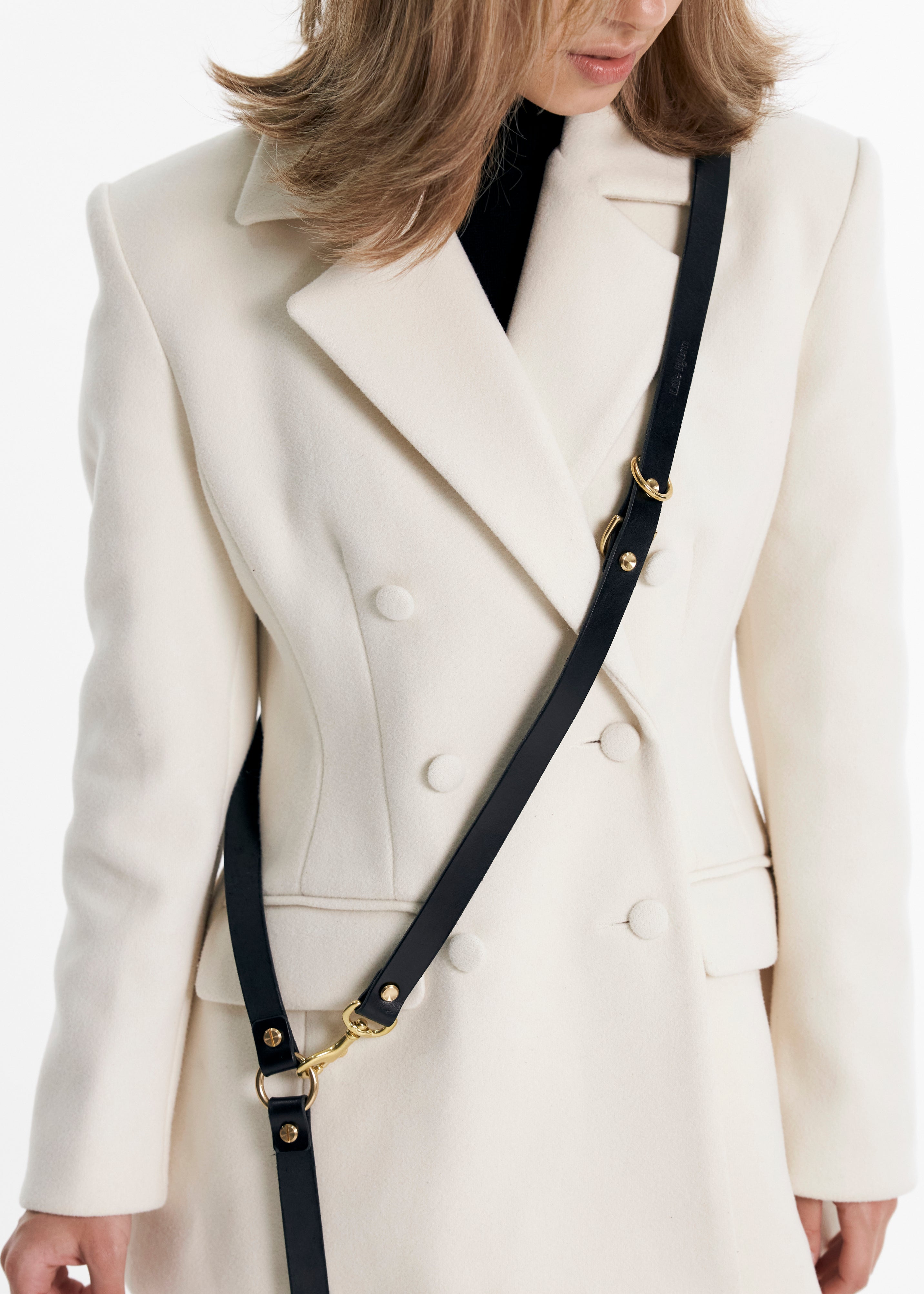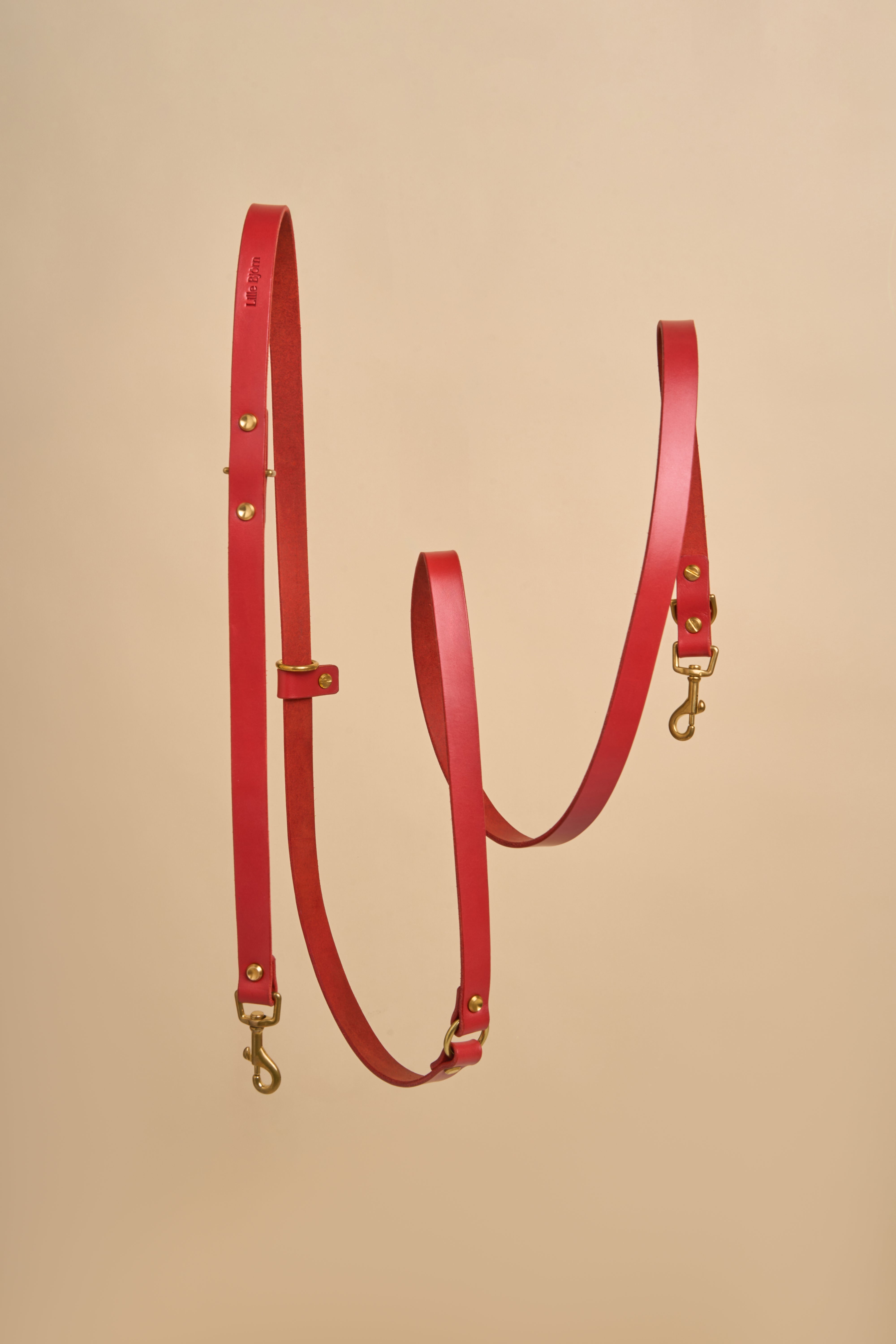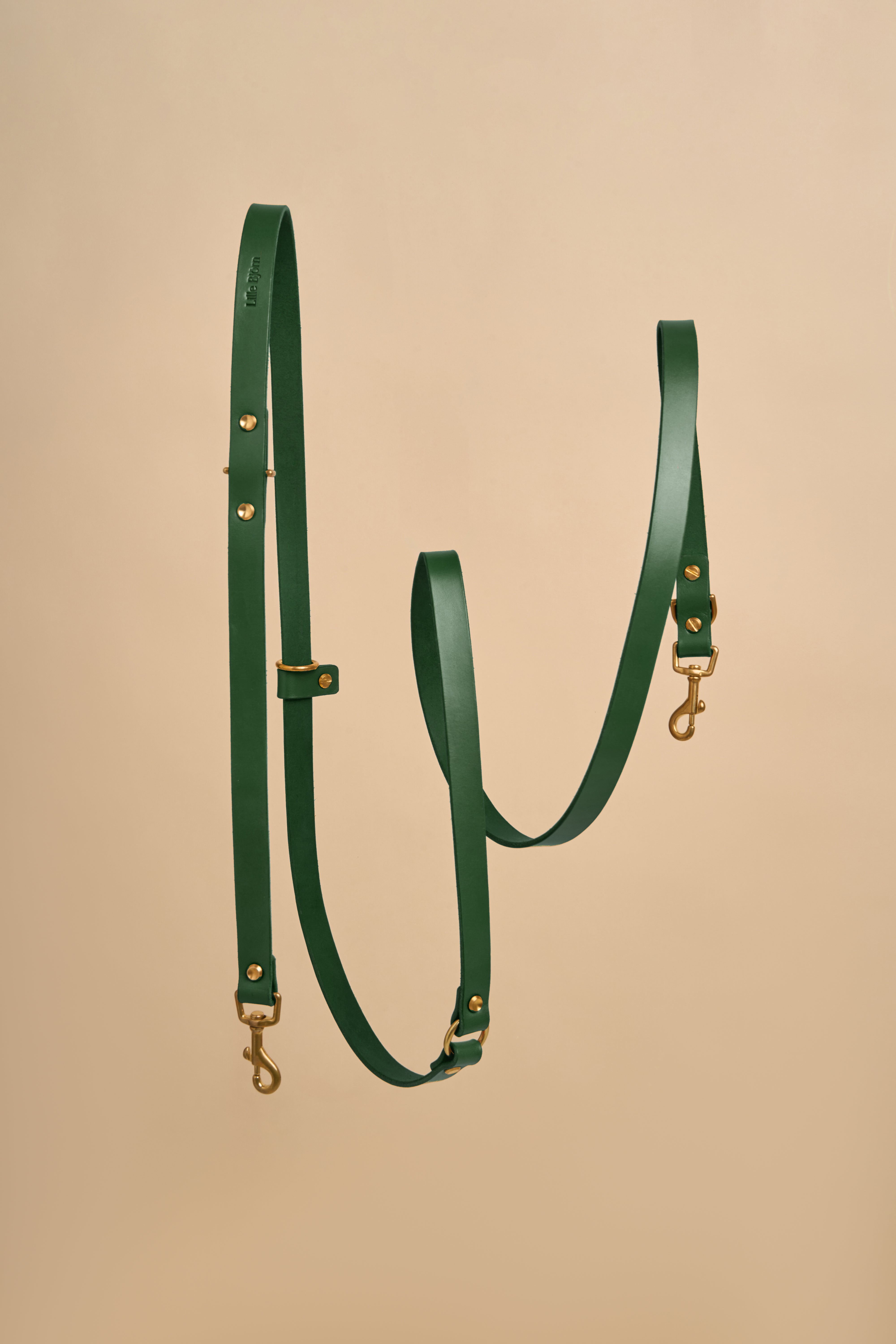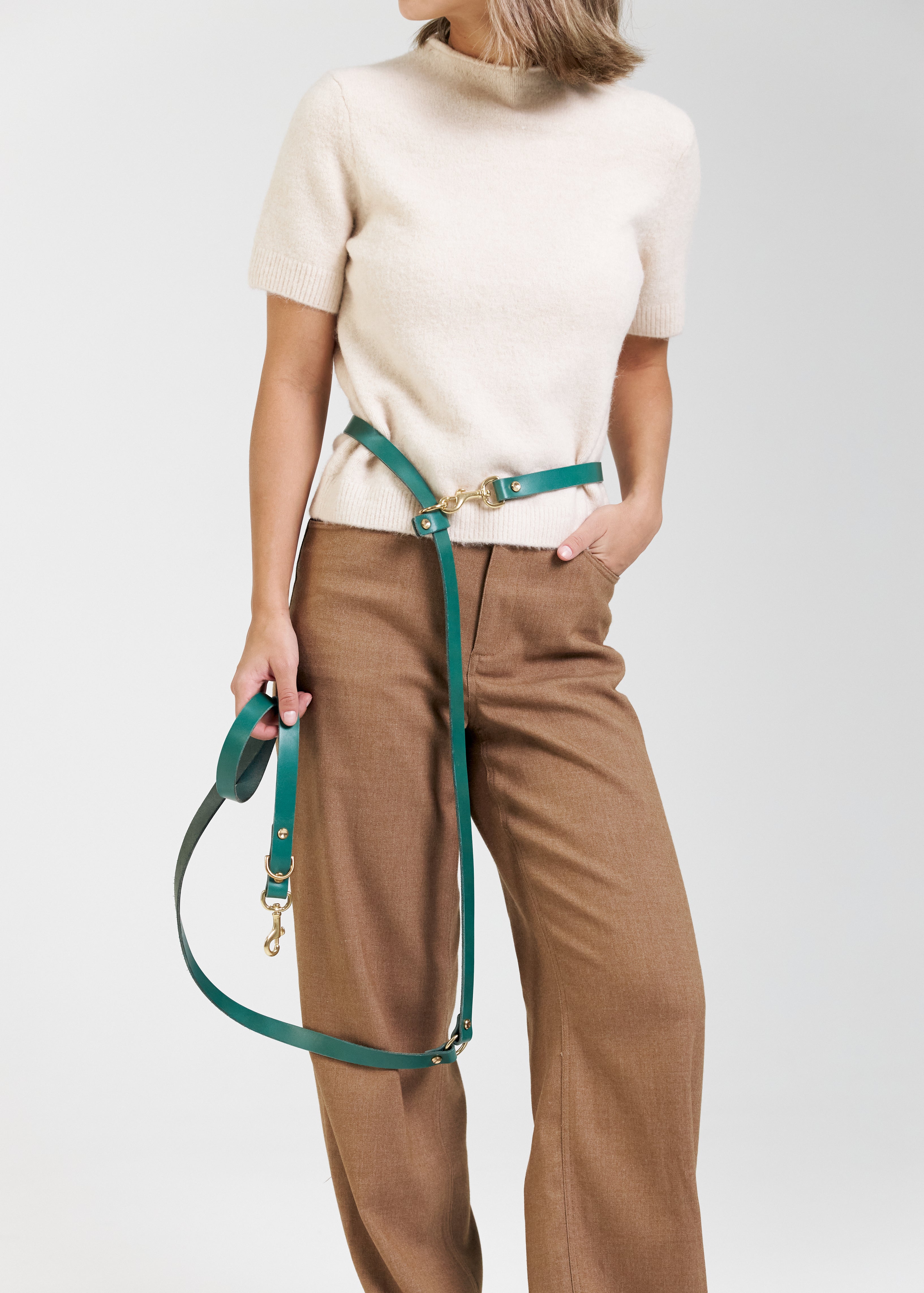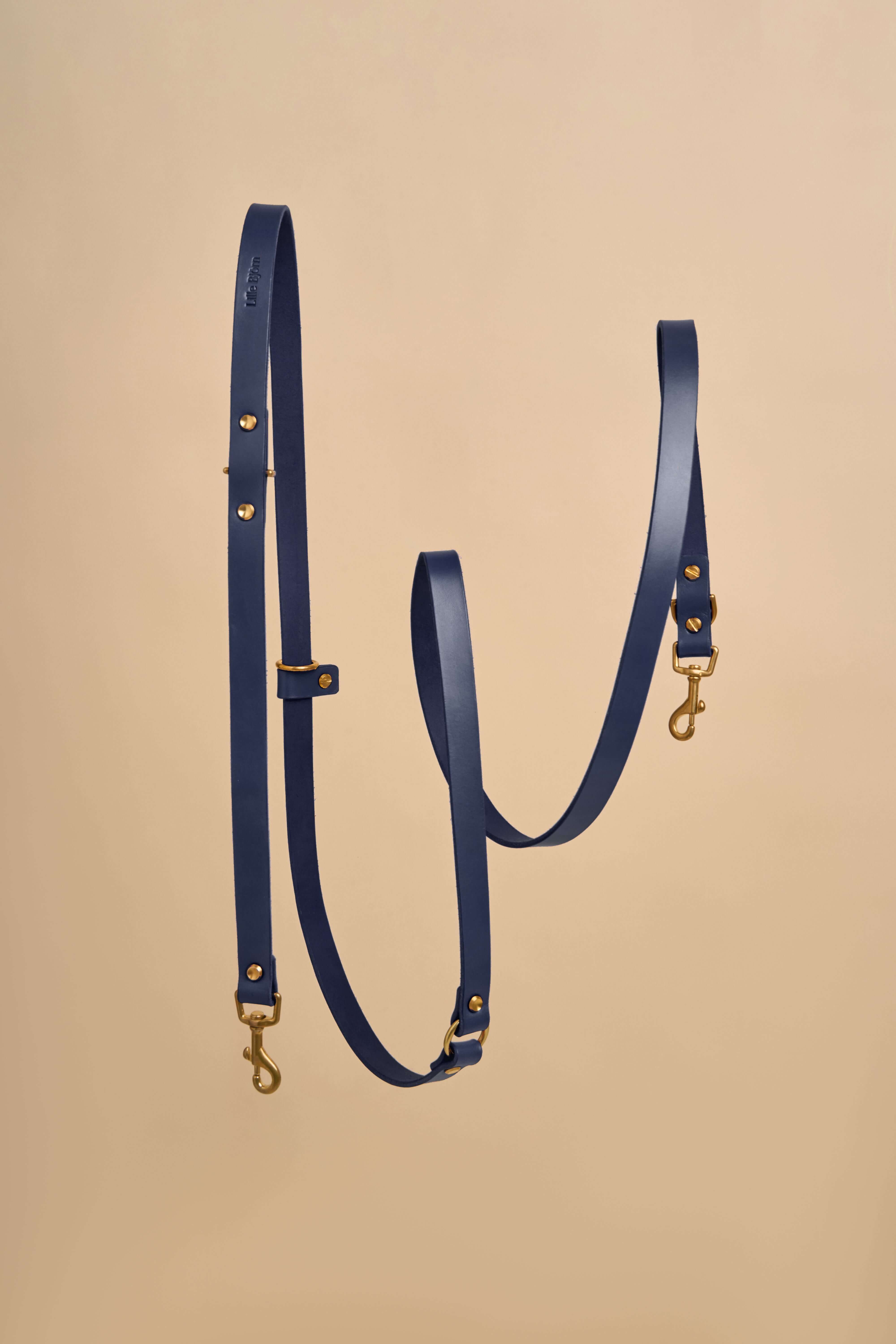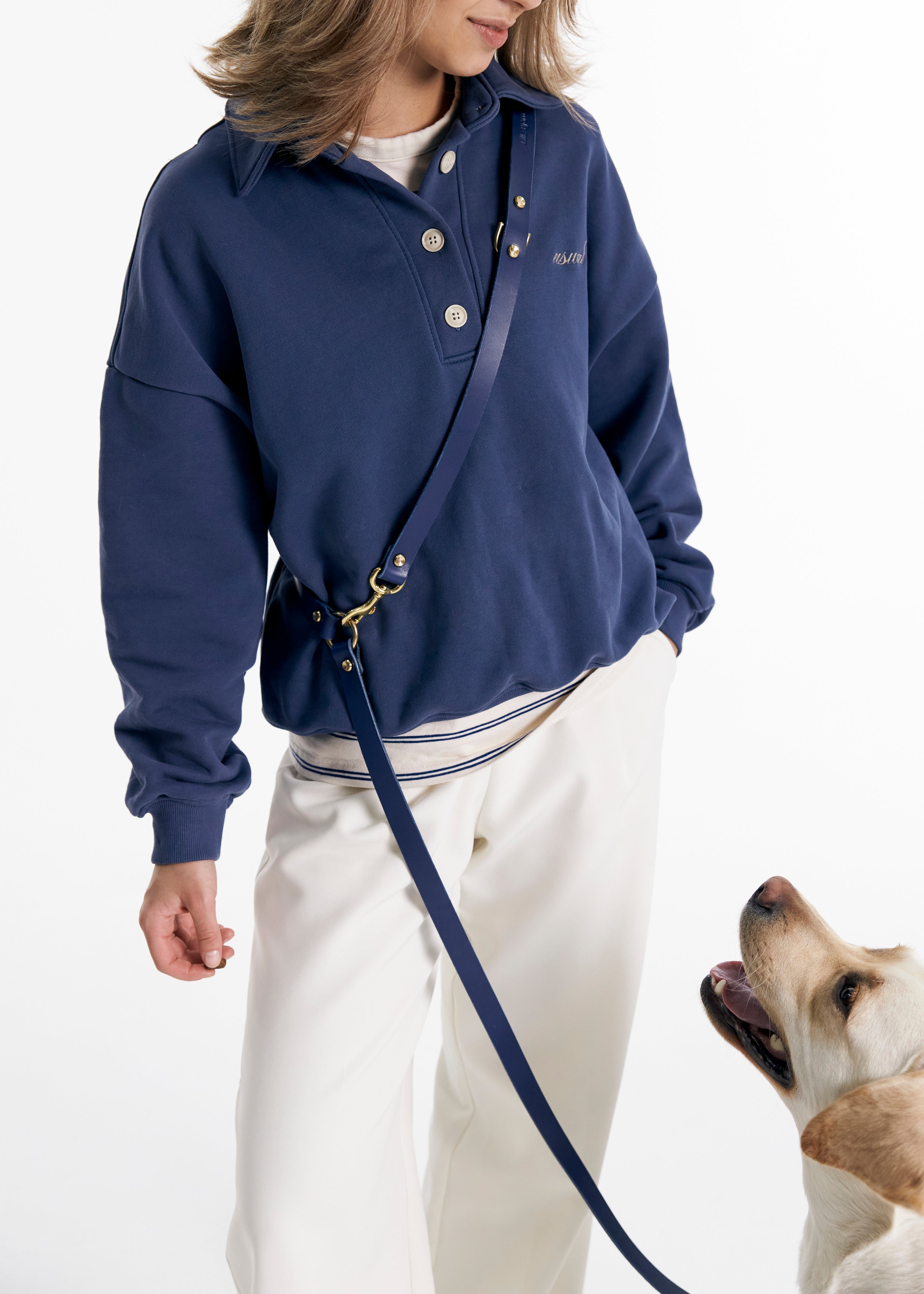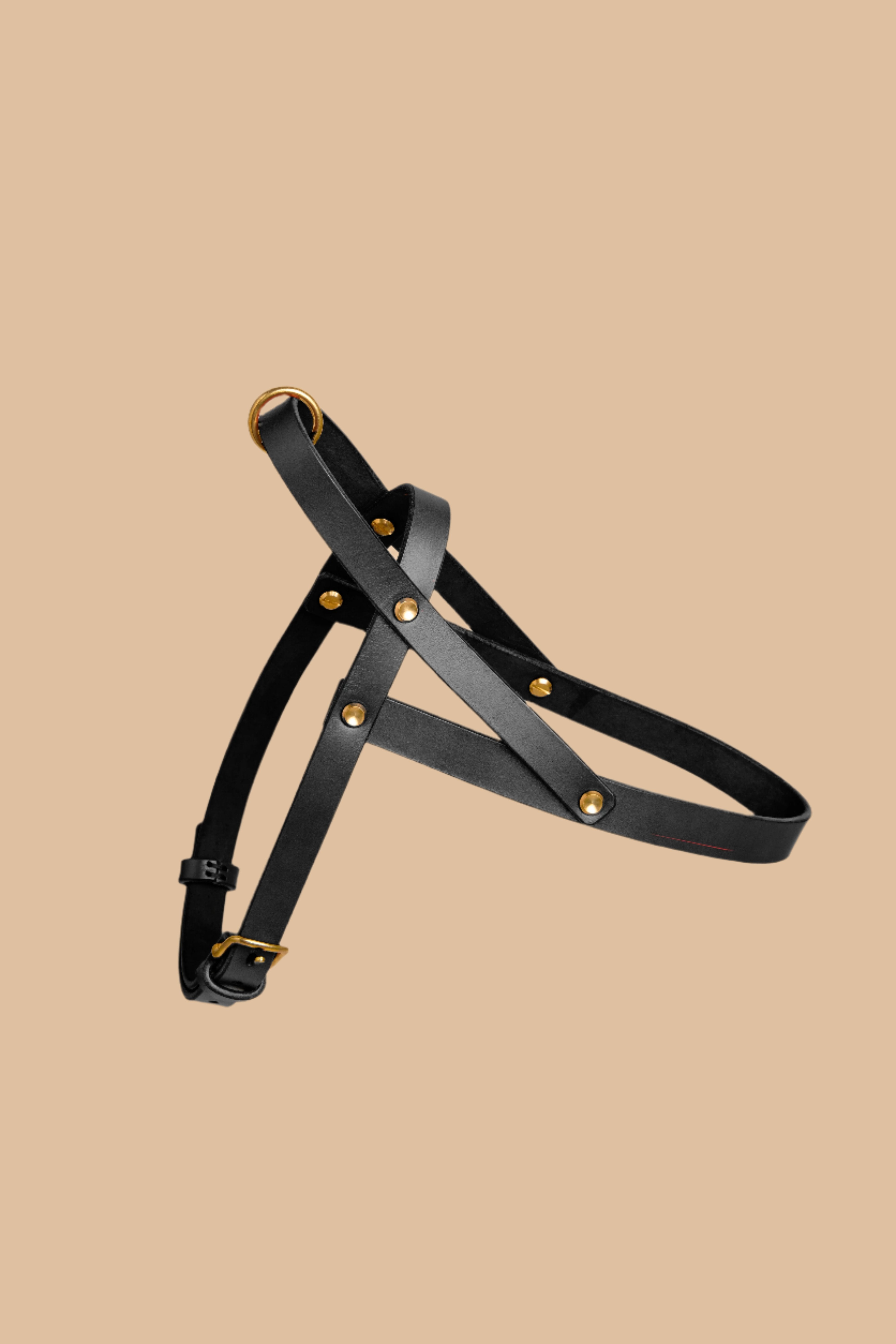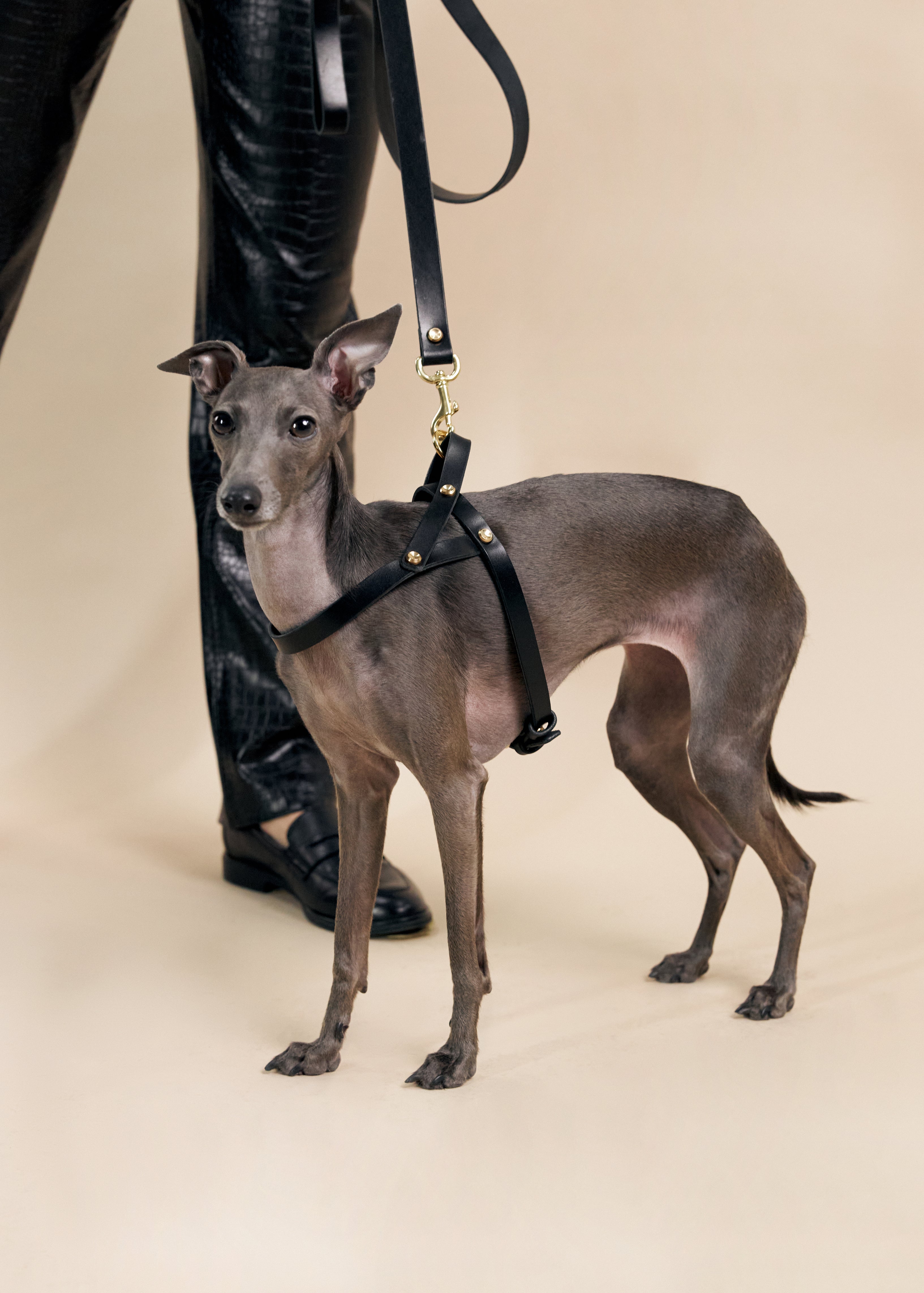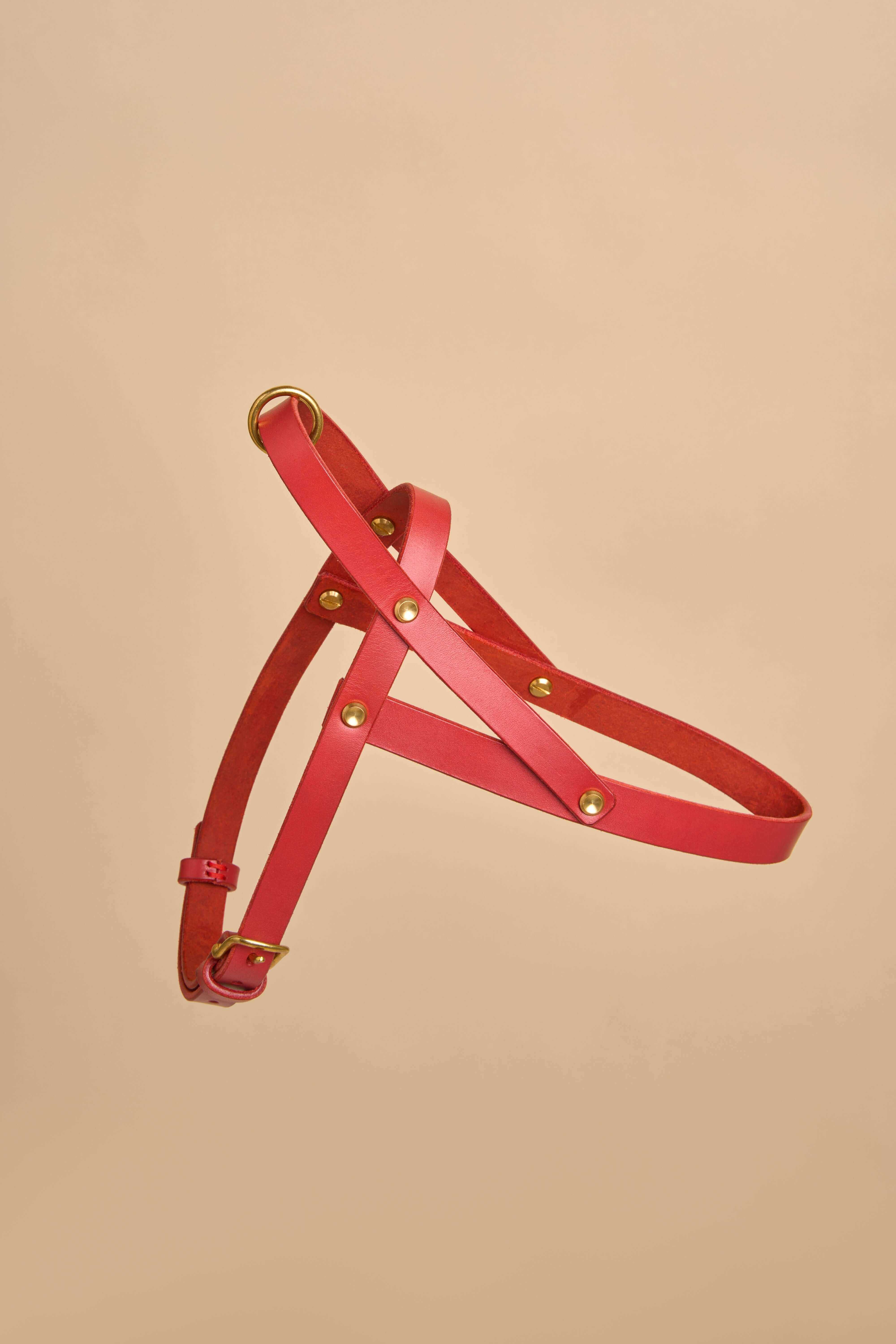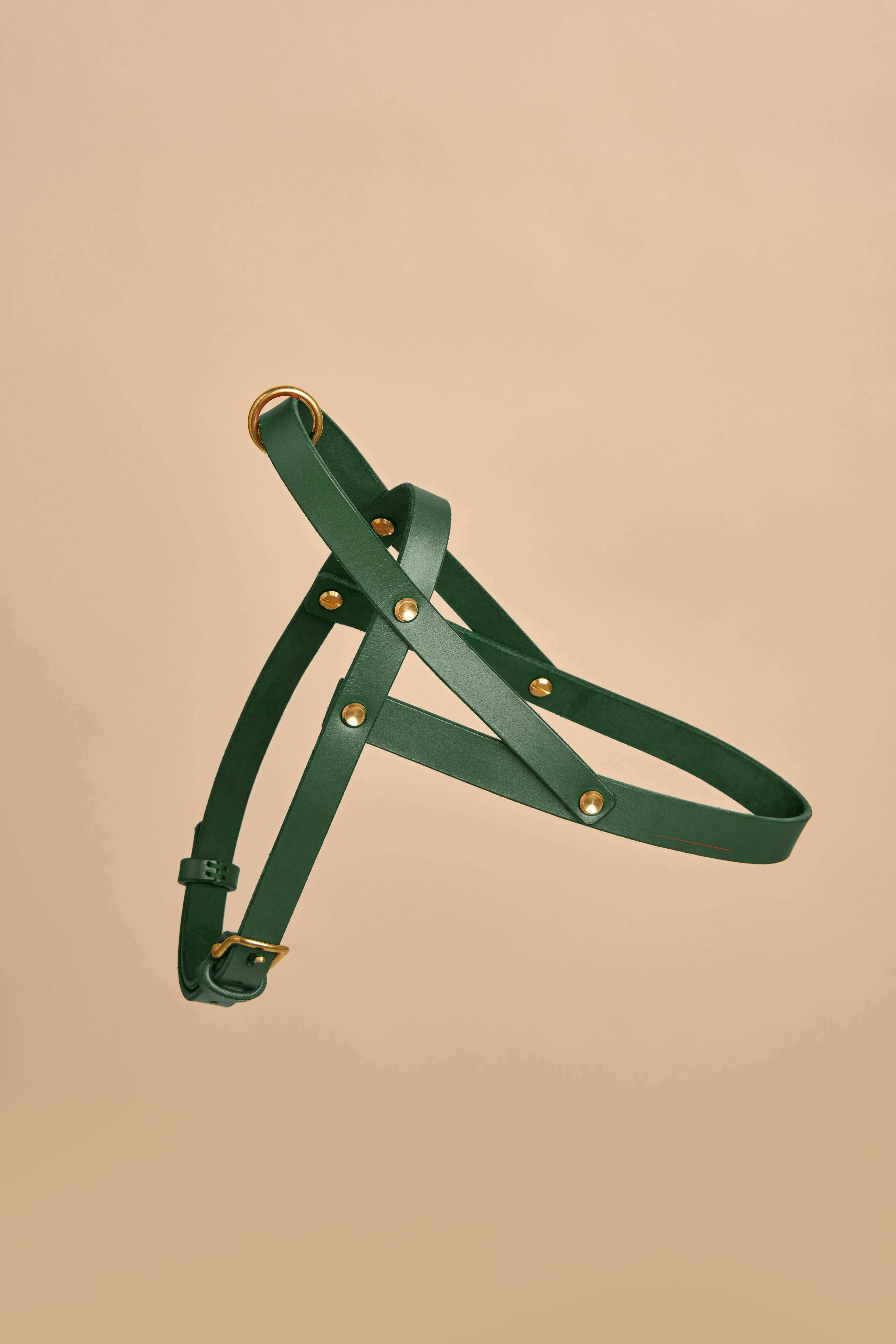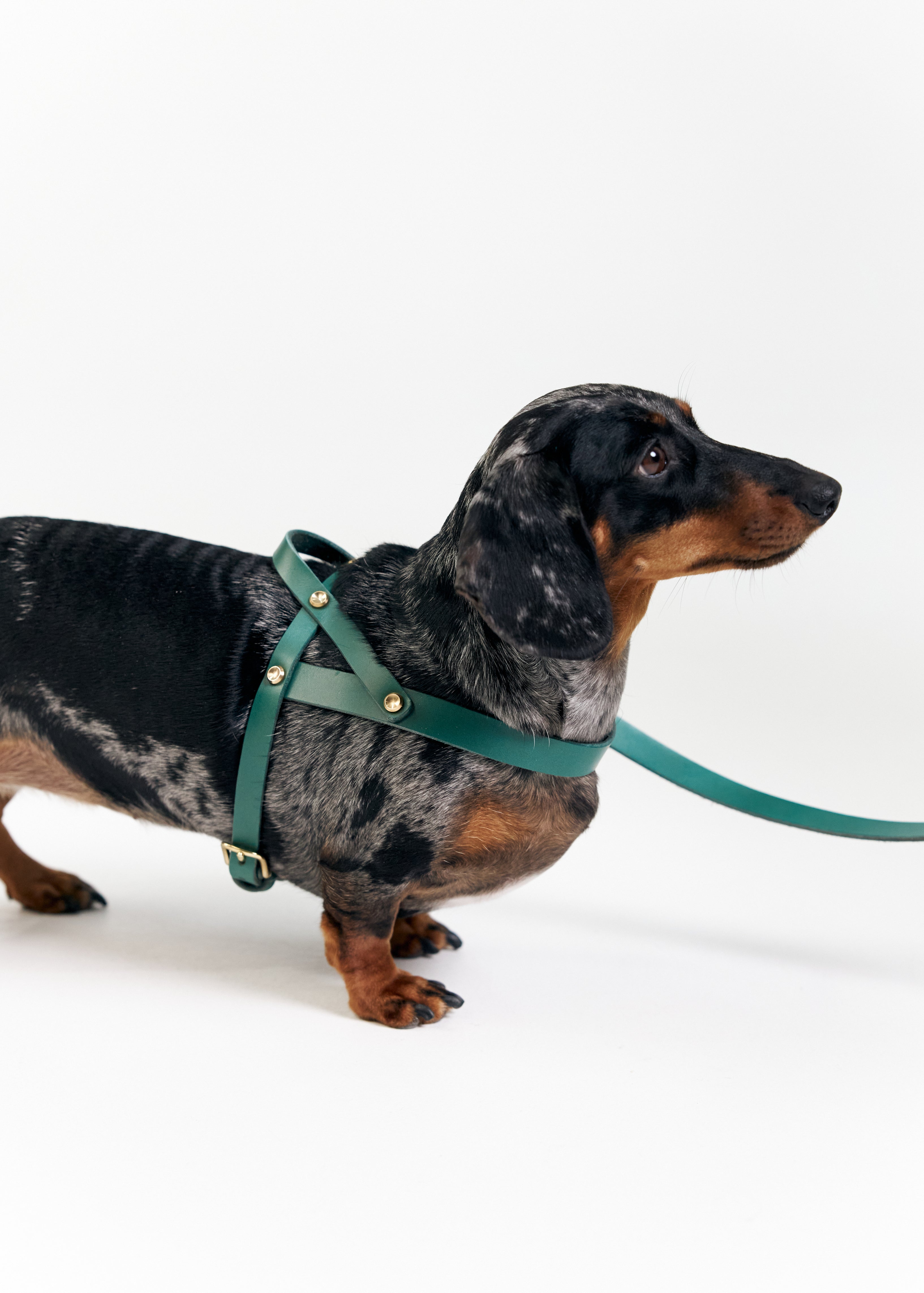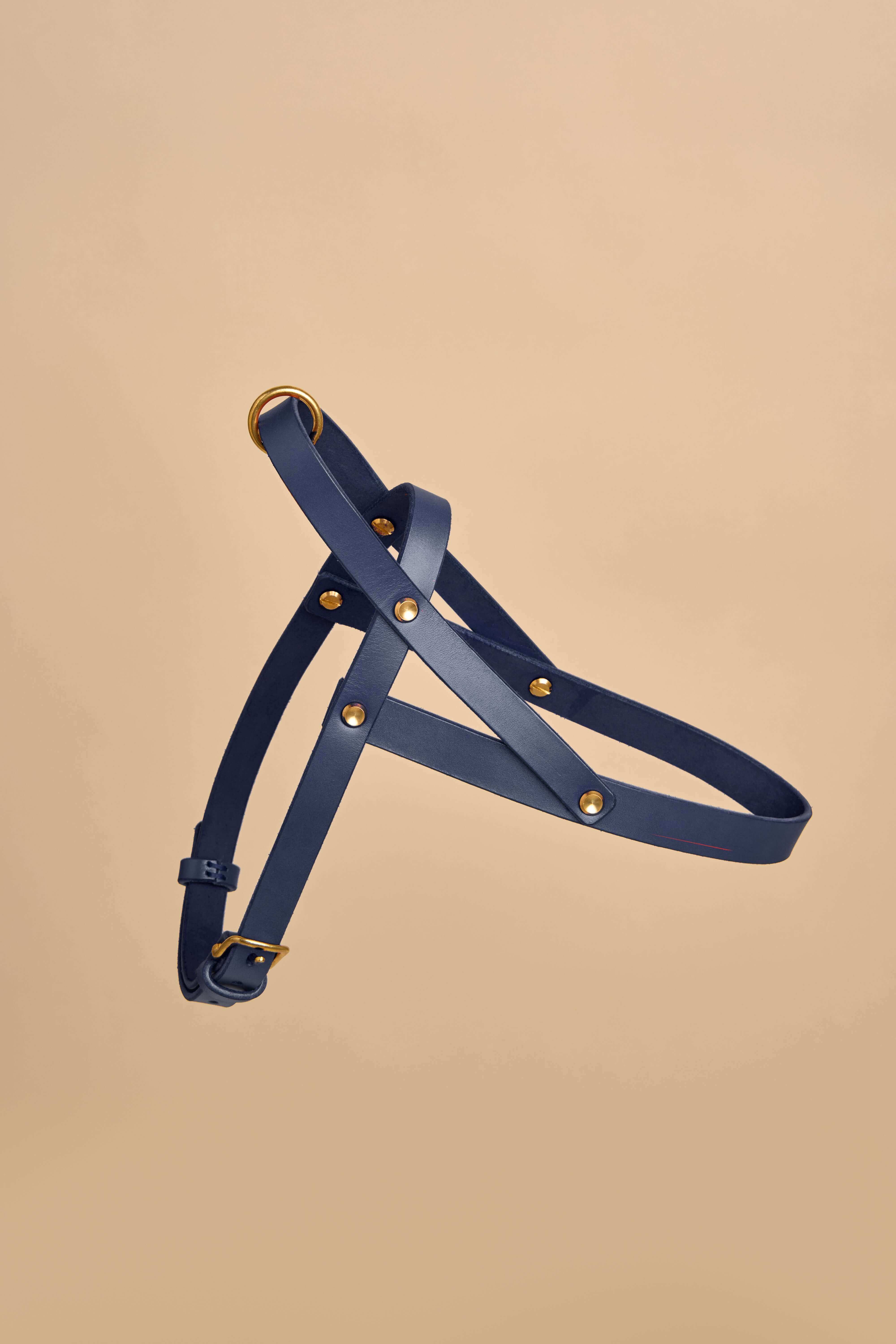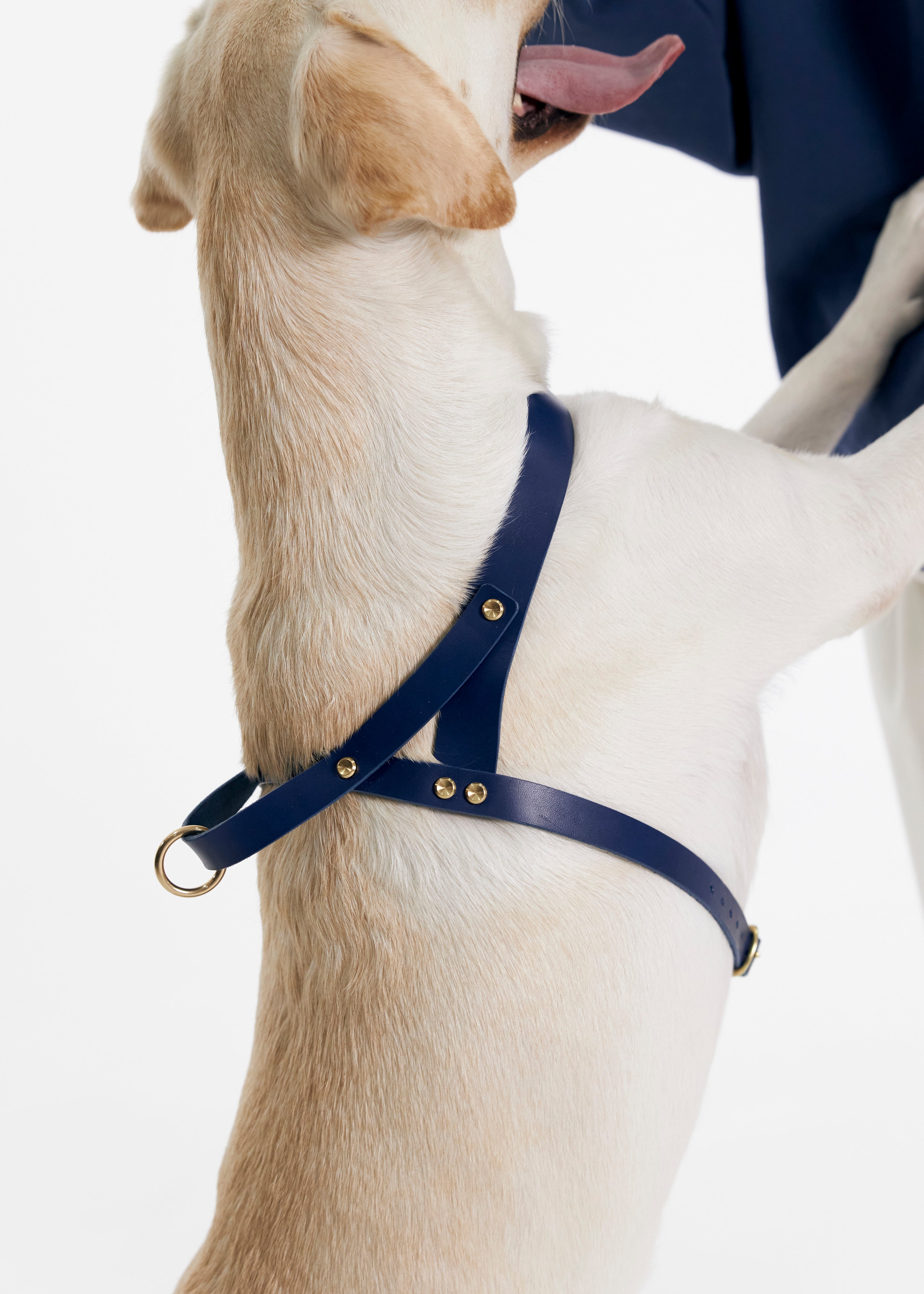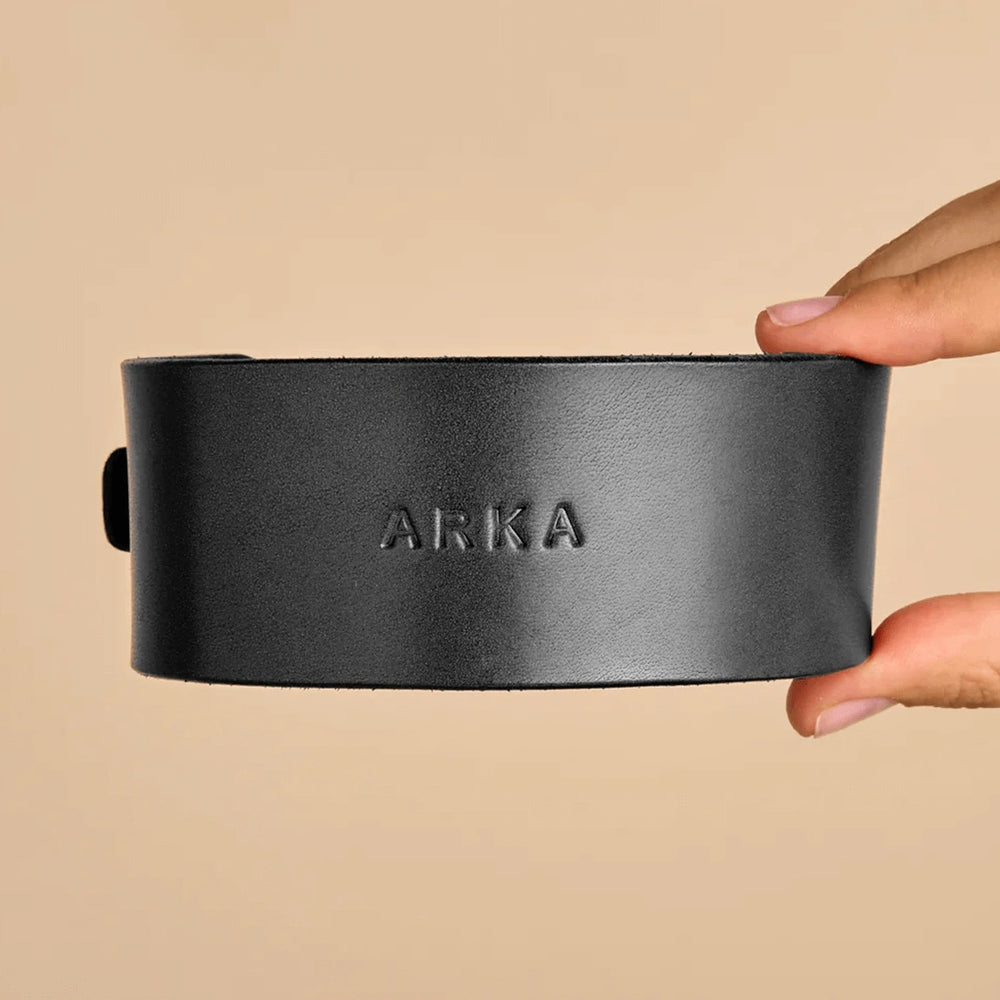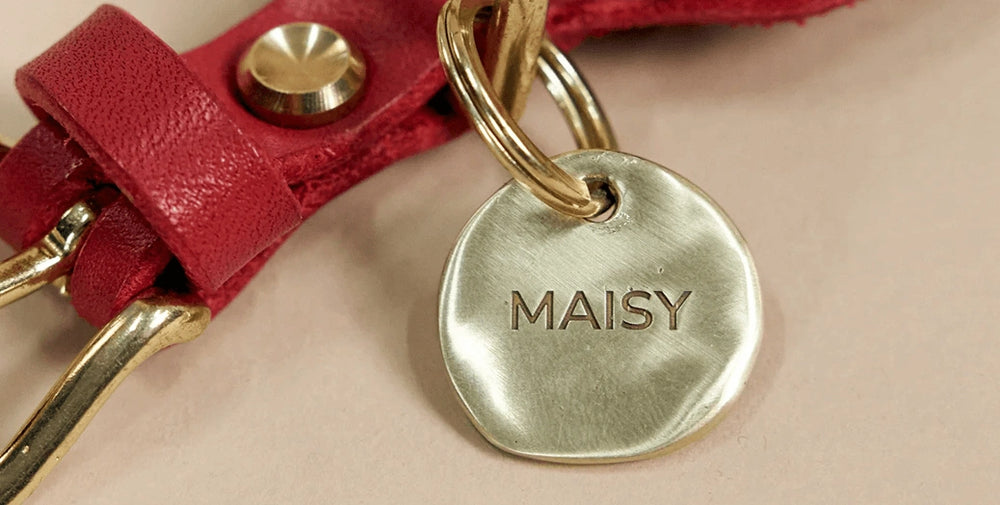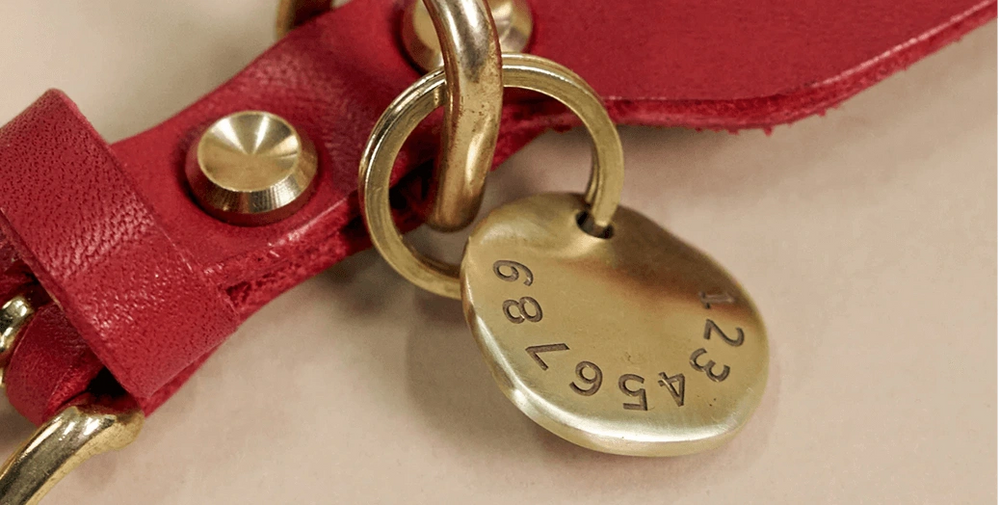One of the biggest mistakes that dog owners often make is forgetting that a collar is so much more than just a fashion or style statement, it’s actually one of the most crucial pieces of gear in terms of the safety, comfort and overall well-being of your precious pup!
When a poor collar choice is made, this can lead to anything from slight discomfort to longer term injury to development of behavioral issues, none of which you or your dog want to experience. A common problem is prioritizing visual appeal over function, which results in collars that are too loose, too tight or perhaps irritating to the skin. On the extreme end of the scale, some collars are just simply outdated at this point, using harsh and outdated training methods that are no longer recommended.
To help you out on your own collar choosing journey, we’ve considered all the crucial factors and put together a ranked list of the most common types of dog collars you’ll find on the pet store shelves, ranked from worst to best!
#9 Shock Collars
You won’t be surprised to see that we have shock collars right at the bottom of the pile! As the name suggests, these are collars that produce an electric shock in order to discourage ‘bad’ behavior, but it doesn’t take a genius to understand that this can lead to damaging problems through fear, anxiety and stress. In fact, the most recent studies have shown that the only thing shock collars do is increase stress rather than improve obedience.
Rather than opting for a punishment based tool, it’s far better to use positive reinforcement techniques like praise and treats to train your pup into better behavior. Always go for a more humane alternative!
#8 Prong Collars
Just as spiky as they sound, prong collars work by pressing sets of metal prongs into your dog’s skin when they pull too hard on their leash. Doesn’t sound great, does it? You might see some prominent trainers advocating for them, particularly for big, strong dogs, but we think that the risks outweigh the benefits. The amount of pressure exerted by a prong collar can easily cause damage to the sensitive trachea area, alongside more general pain and frustration for your furry friend.
A well fitted harness is the far better option for focused loose leash training that leans towards rewards rather than the threat of discomfort.
#7 Choke Collars
The name alone should be enough to put you off selecting one of these, no!? A choke collar is designed to tighten around a dog’s neck when they pull, and you don’t need us to tell you about the various risks and dangers that they can pose. They are completely unnecessary and outdated at this stage in the dog equipment game.
There really is no need for something like a choke collar when so many effective, modern positive reinforcement training techniques are available to dog owners these days.
#6 Harnesses
Let’s get into the more positive end of the list, shall we? Harnesses are a great design alternative for dogs who are prone to neck injuries and/or respiratory problems, like bulldogs or pugs. When fitted properly, a harness can distribute pressure much more evenly across the chest.
Something to definitely keep in mind, though, is front-clip harnesses that are marketed as ‘no pull’ solutions. These can sometimes create unnatural points of pressure on your pup’s shoulders which isn’t ideal. To ensure the best levels of comfort, a back-clip harness is always the preferable option, particularly for smaller dog breeds and any breed that needs a bit of extra support.
#5 Head Collars
Head collars for dogs work in a similar way to bridles for horses, giving you as the handler more control over head movement. This is useful if you have a very strong or reactive pup who needs a little more guidance when out walking!
Be careful, though, as some dogs can be naturally resistant to wearing them, and using them in an improper fashion can risk neck strain. Head collars can definitely be effective for training, but we don’t think they should be considered as an everyday collar.
#4 Martingale Collars
This is a type of collar specifically designed for pups with slender necks like whippets and greyhounds. These beautiful breeds can slip out of regular collars more easily, so a Martingale gives that extra bit of control by tightening slightly when pressure is applied. The important thing here is that they don’t apply the same amount of strangling force as a choke collar.
They are much safer than prong and choke collars, but you still need to be vigilant of the tracheal area when using.
#3 Rolled Collars
Rolled leather collars are often seen as a good choice for long haired dogs, because the rounded nature of the design helps to prevent some tangling and matting. It also doesn’t hurt that they are effortlessly stylish! The only thing we would say to be wary of is that the thinner collar can sometimes create pressure points in the material that makes them slightly less durable over time.
If coat maintenance is one of your top priorities, then a rolled collar can be a good option.
#2 Quick Release Collars
In terms of affordability and convenience, you can’t do much better than a classic quick release collar. They may be made from nylon and plastic for the most part, but they do allow for easiest removal in cases of emergency.
Due to the synthetic materials used, there is no getting away from the fact that they can loosen and break over time, so they aren’t the most reliable options for real outdoor adventures or focused training. Think of them as being best for a simple ID collar rather than a first choice walking collar.
#1 Flat Leather Collar with Buckle
You just can’t beat a classic! A flat leather collar with a strong buckle is seen by all as the gold standard for pups everywhere. They offer even pressure distribution and are made from the highest quality materials like vegetable tanned leather that carries added benefits of being hypoallergenic, eco-friendly and incredibly durable.
 Unlike the spectrum of synthetic materials, leather is naturally resistant to odor and is pleasantly breathable. A good buckle helps to provide a secure fit whether you have a small or large canine companion to look after. It’s the perfect combination of comfort and safety!
Unlike the spectrum of synthetic materials, leather is naturally resistant to odor and is pleasantly breathable. A good buckle helps to provide a secure fit whether you have a small or large canine companion to look after. It’s the perfect combination of comfort and safety!
How to Choose the Right Collar
-
Small Dogs
Look for something lightweight that isn’t going to weigh them down. -
Large Dogs
Something with a wide leather collar that is going to best distribute pressure. -
Active Dogs
Seek out a collar that has durable hardware, along with strong reinforced stitching. -
Sensitive Skin
Find collars made from hypoallergenic materials that will prevent irritation, like the vegetable tanned leather we love so much!
Conclusion
Hopefully you agree that a dog collar is so much more than just an accessory, it’s one of the most essential pieces of equipment for guaranteeing their comfort and safety. There are plenty of options out there, but the rankings and pros and cons speak for themselves.
Flat leather collars with buckles remain undefeated as the best all round choice for comfort, durability and functionality. If you make the decision to invest in a high quality collar for your precious pup, you can have the assurance of both style and substance for years!
Your furry friend deserves nothing but the best, so don’t hesitate to refer back to these rankings when the time comes to get them a brand new collar!




